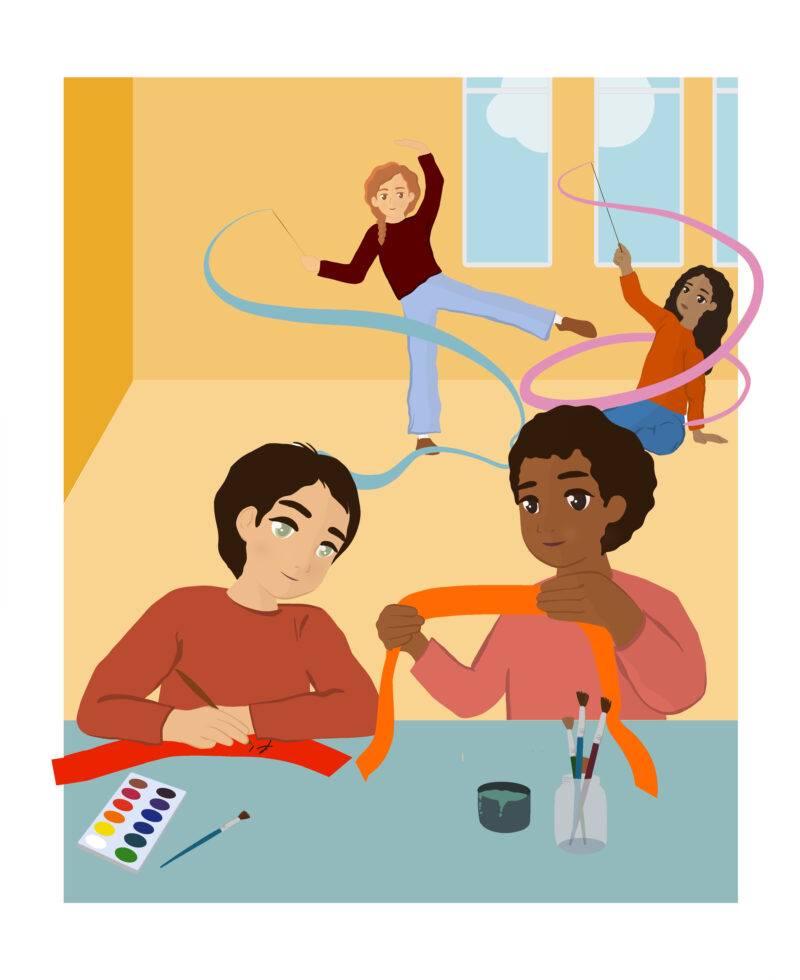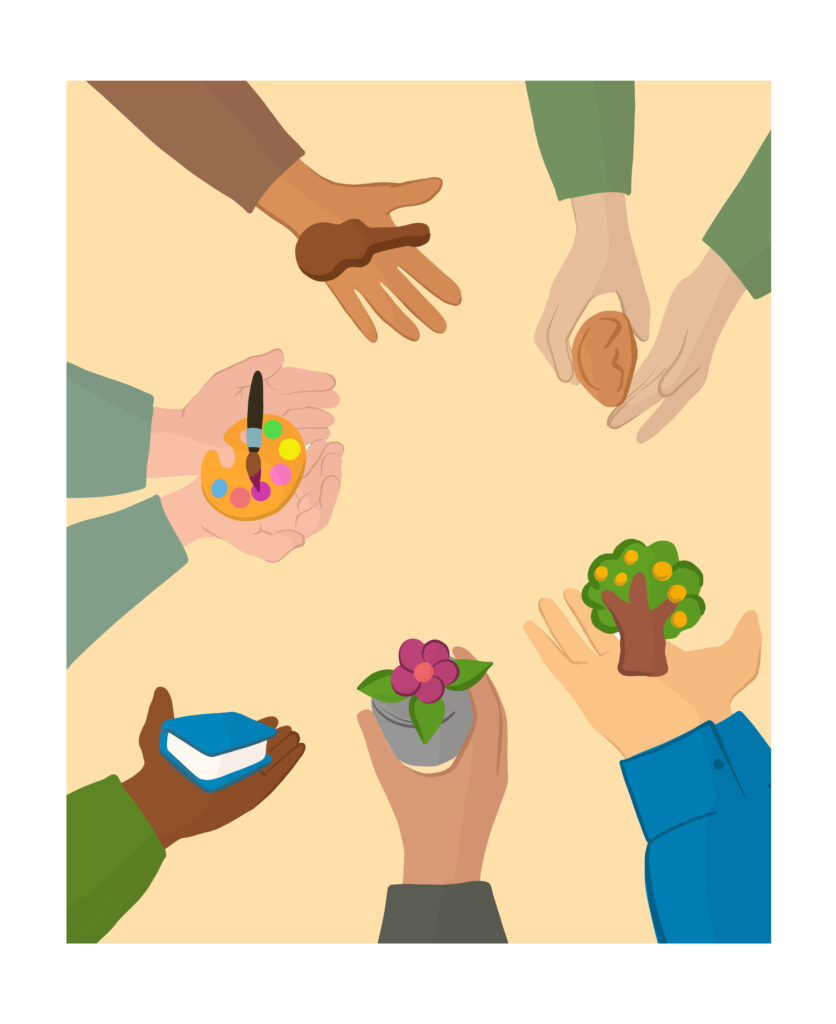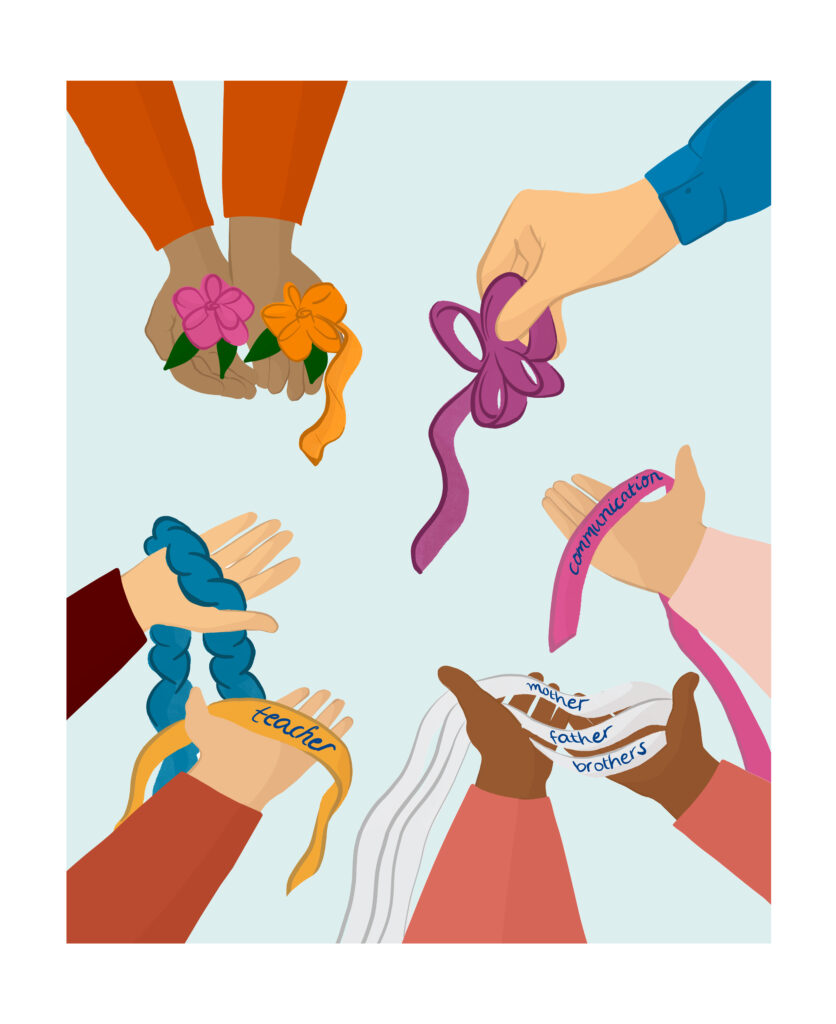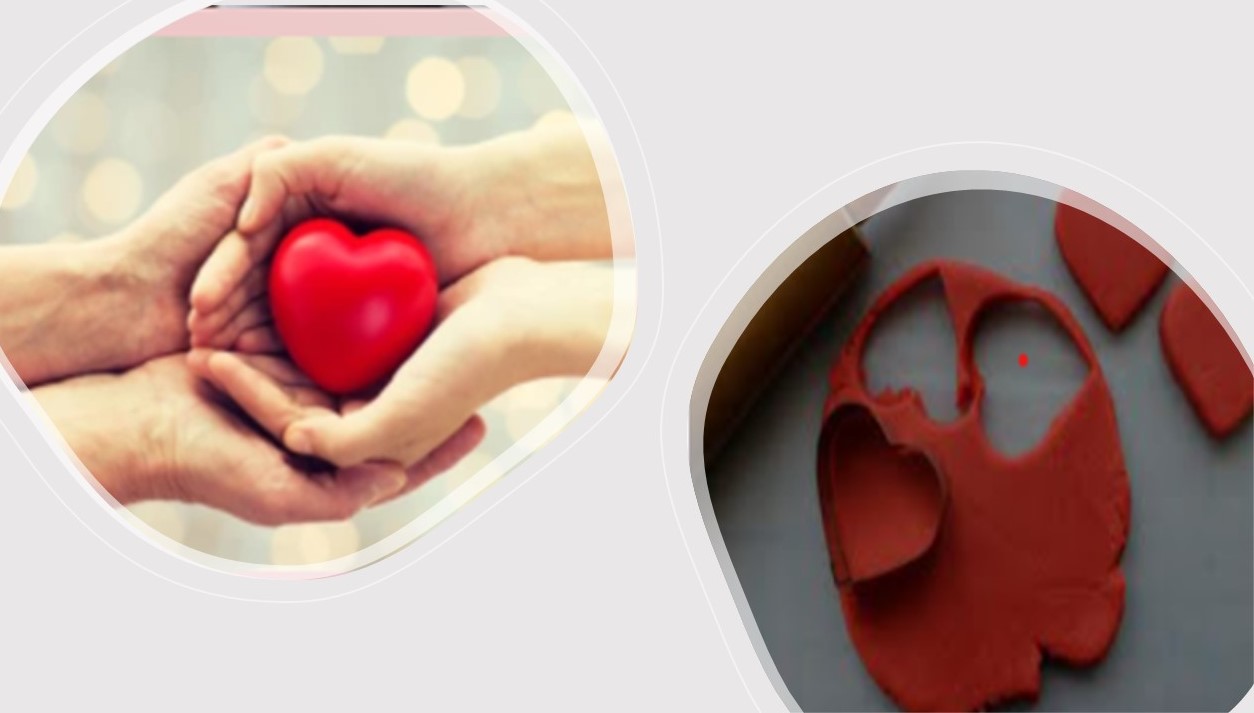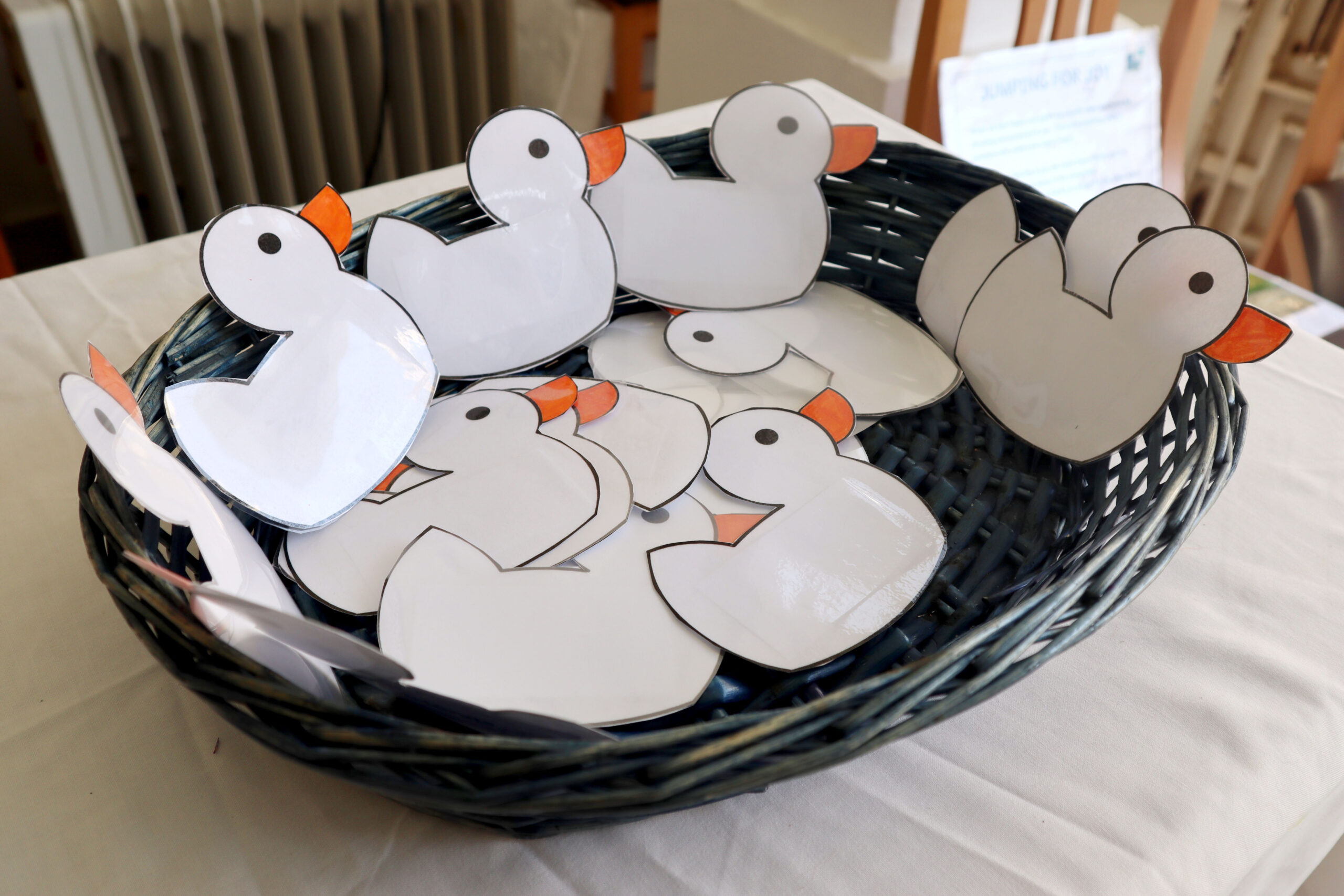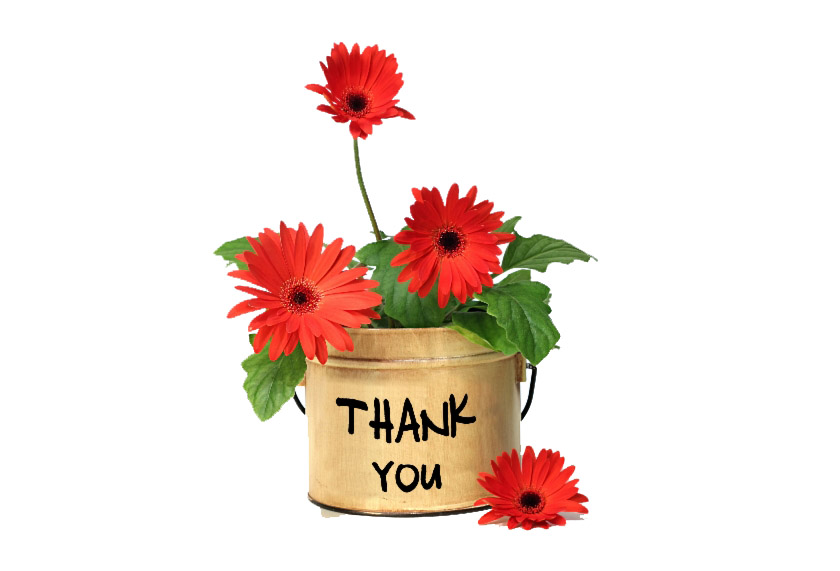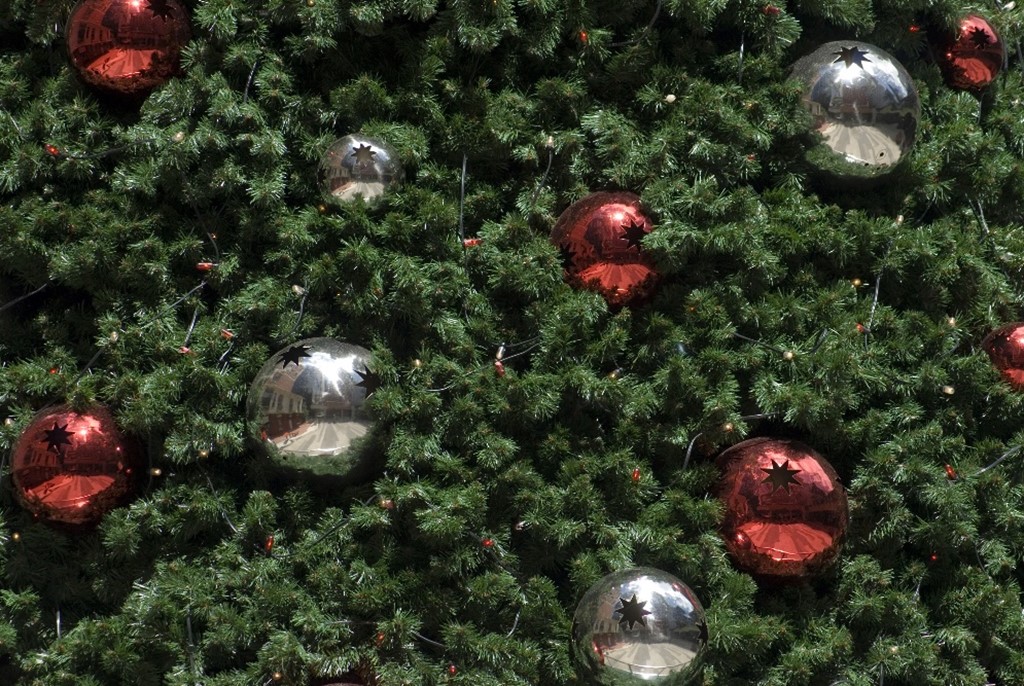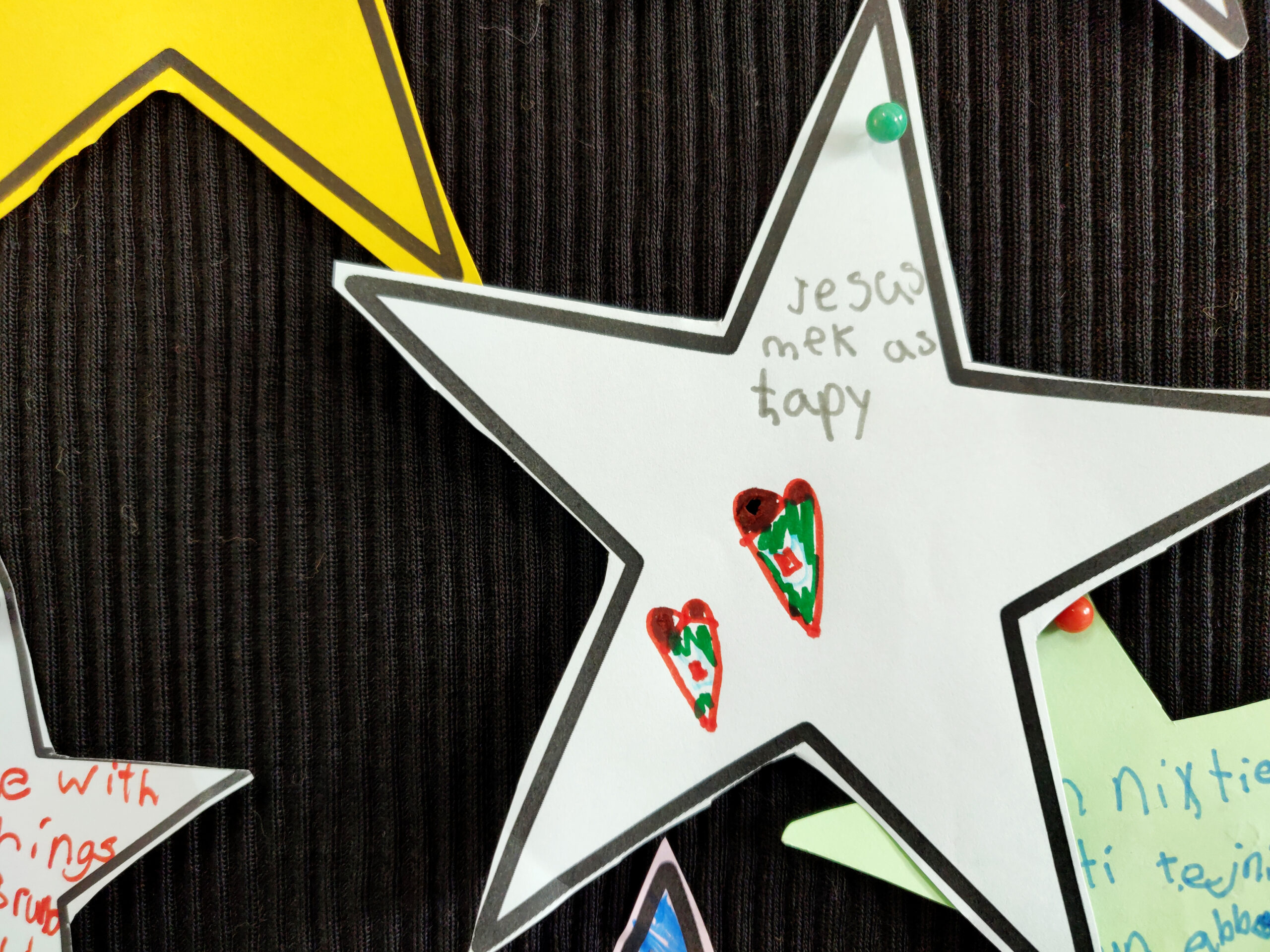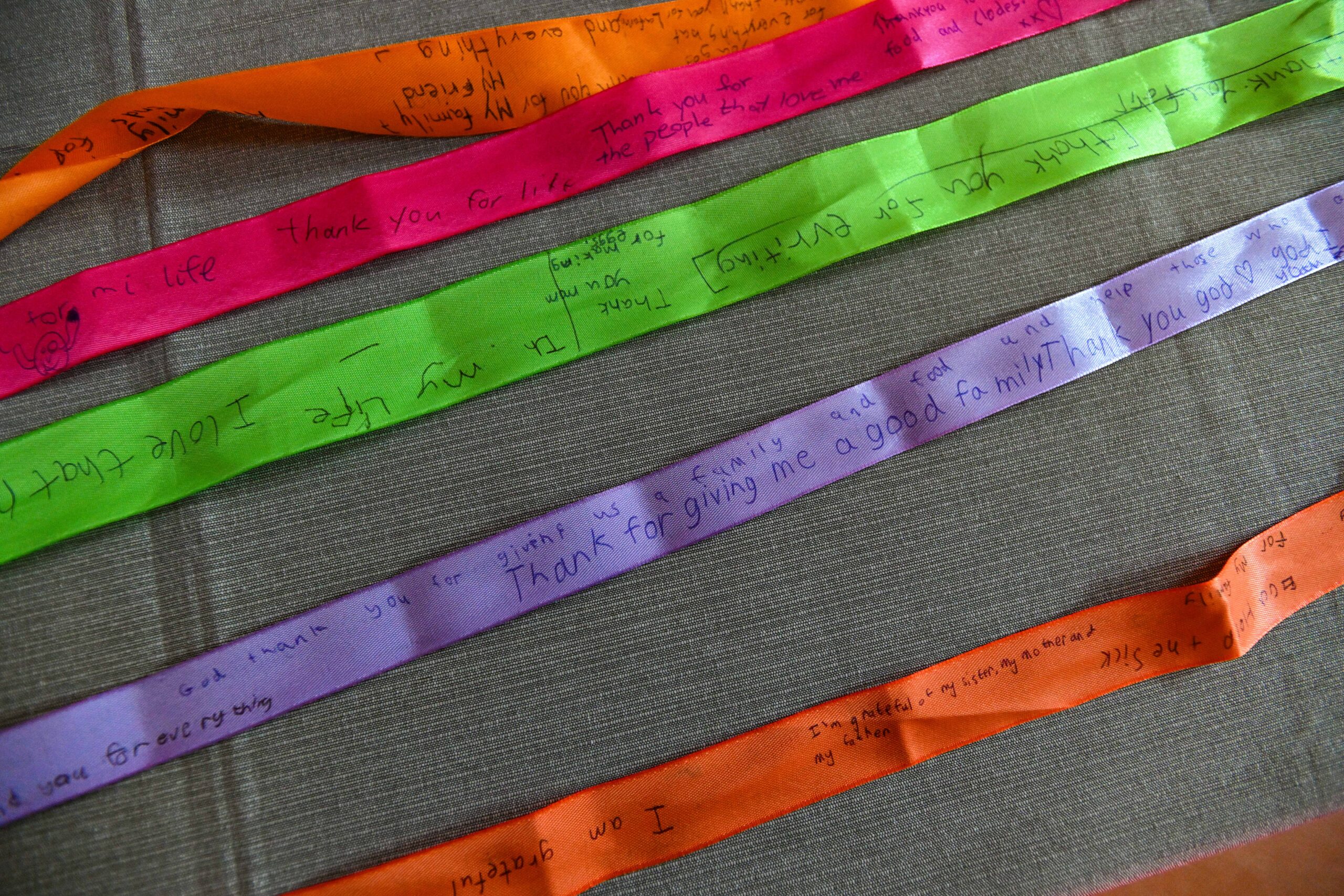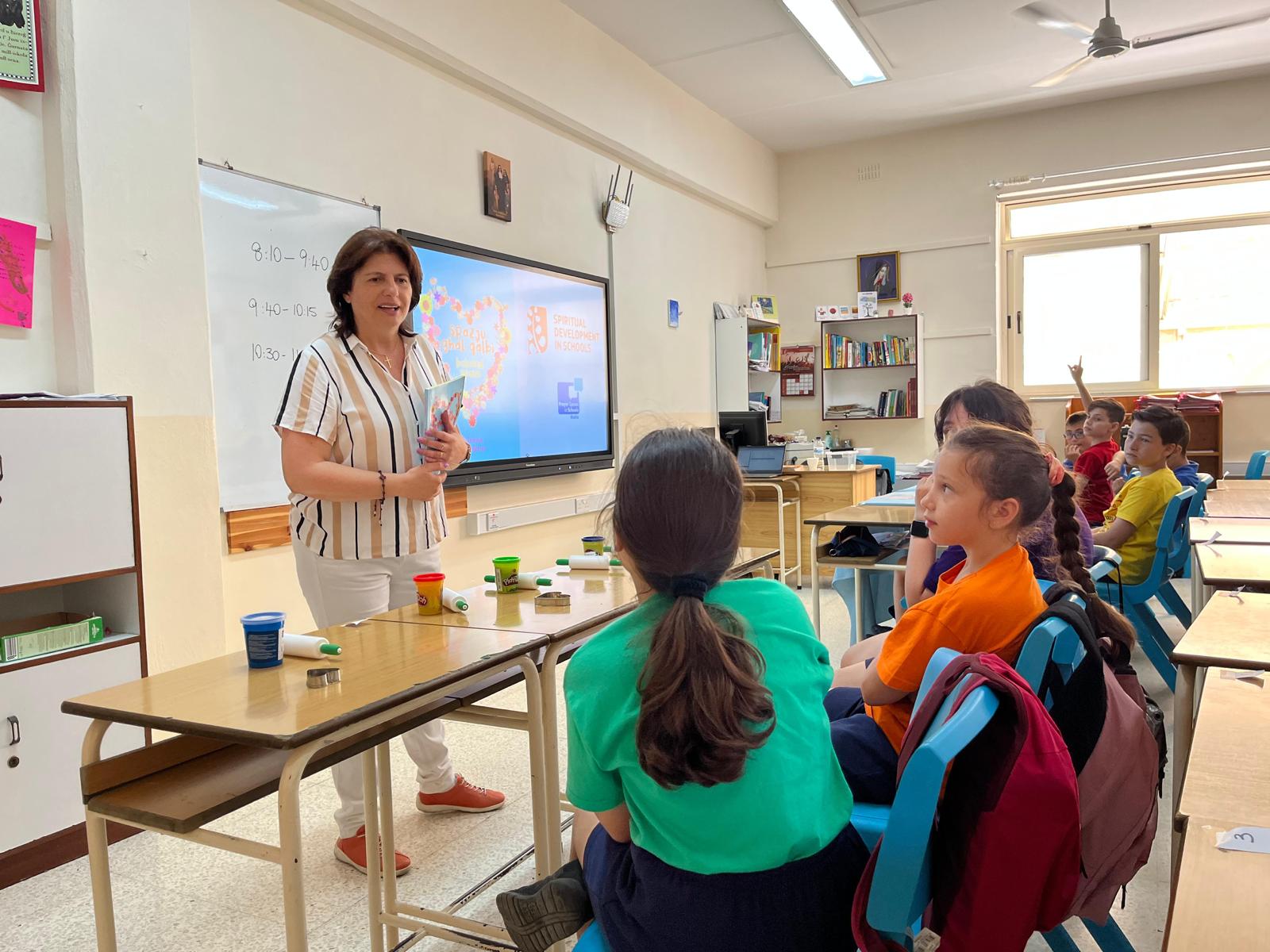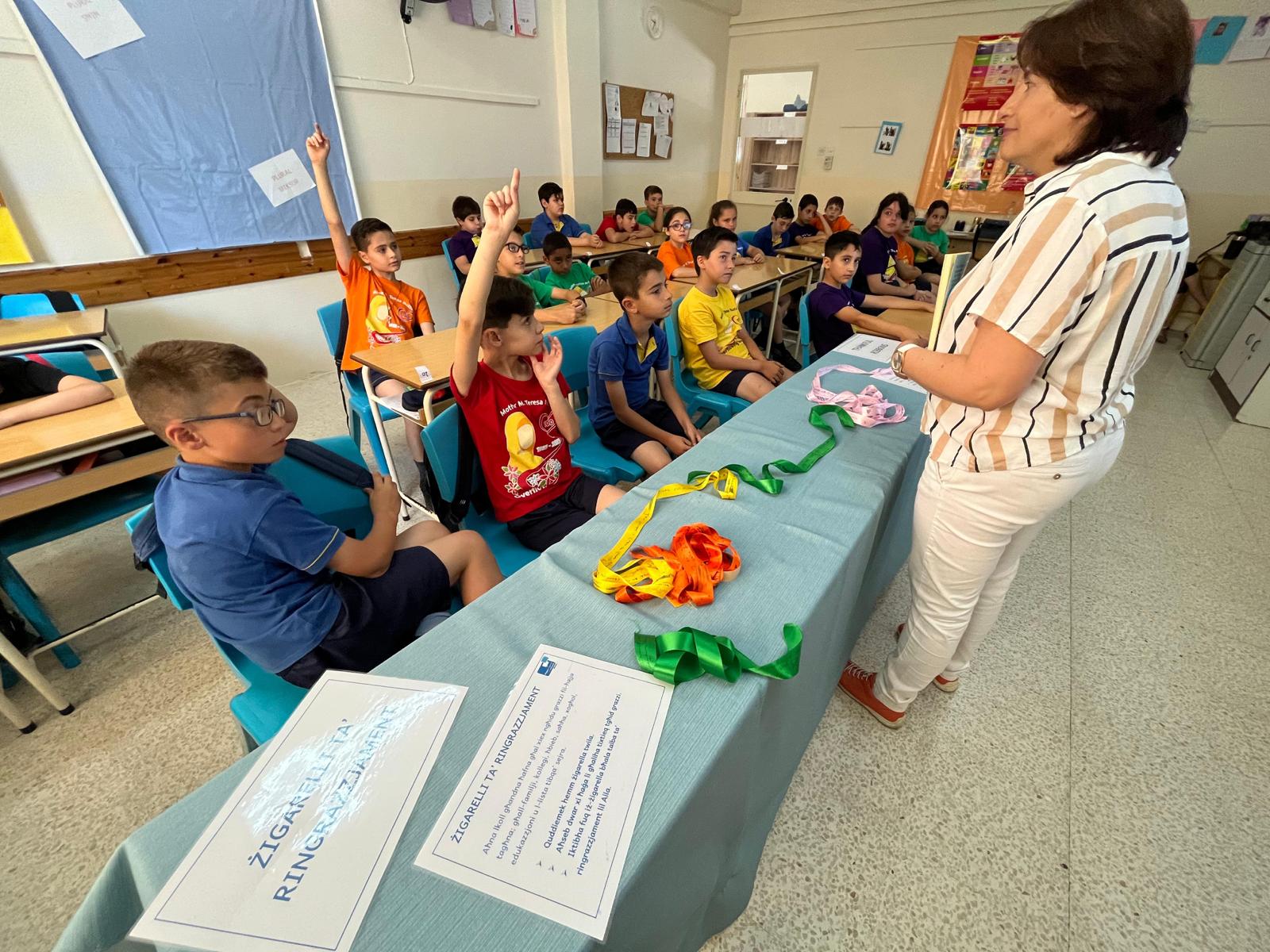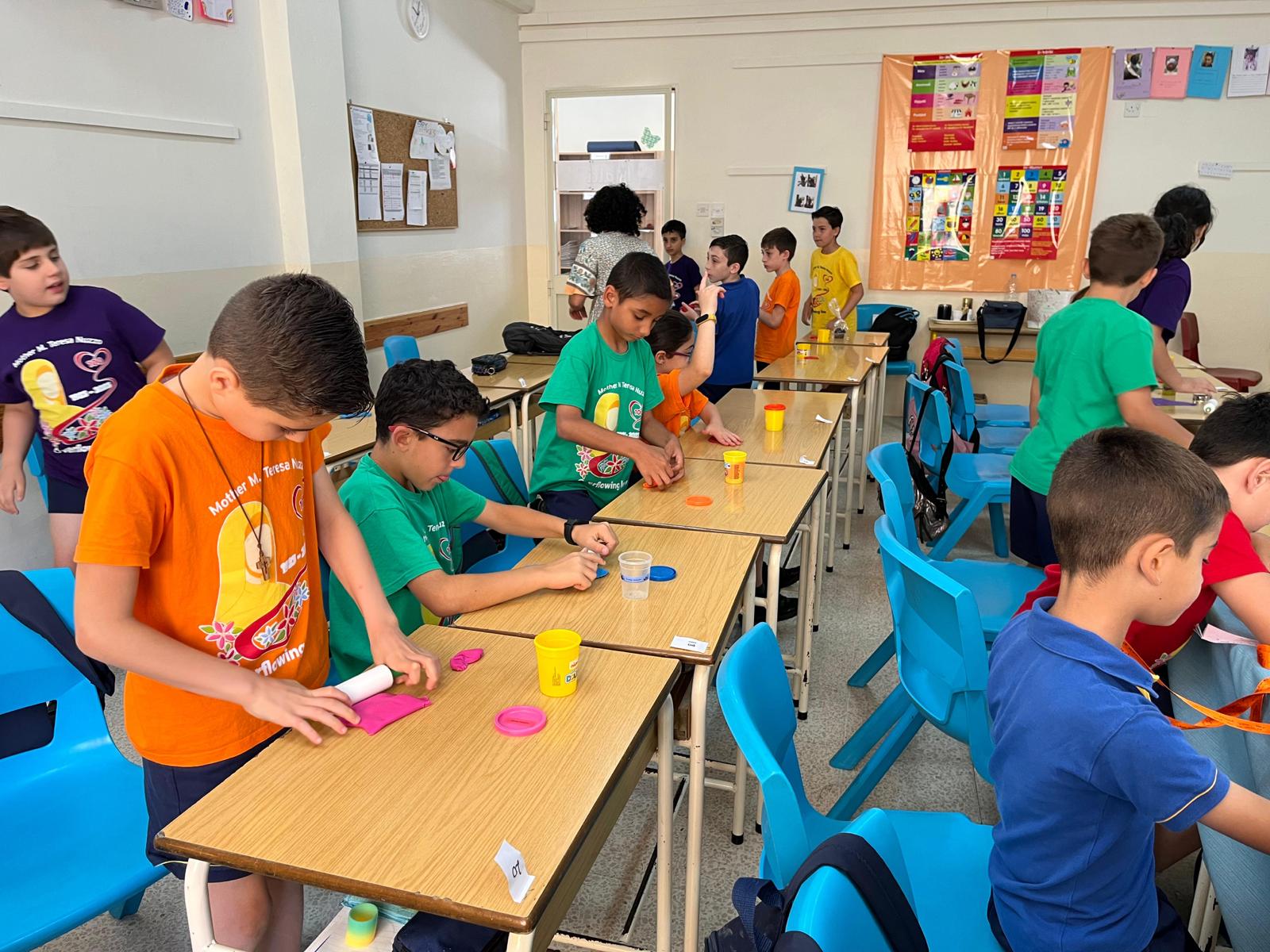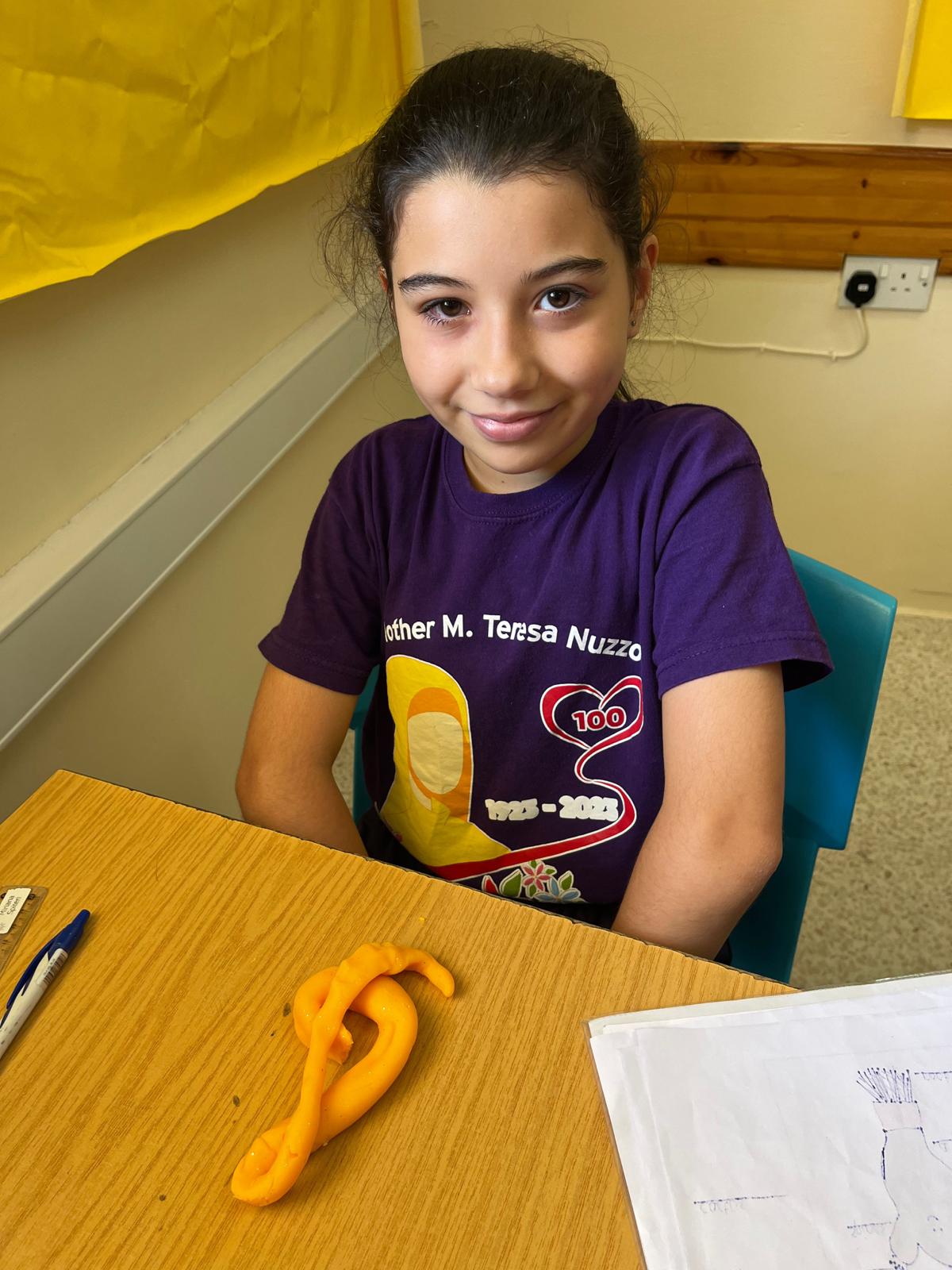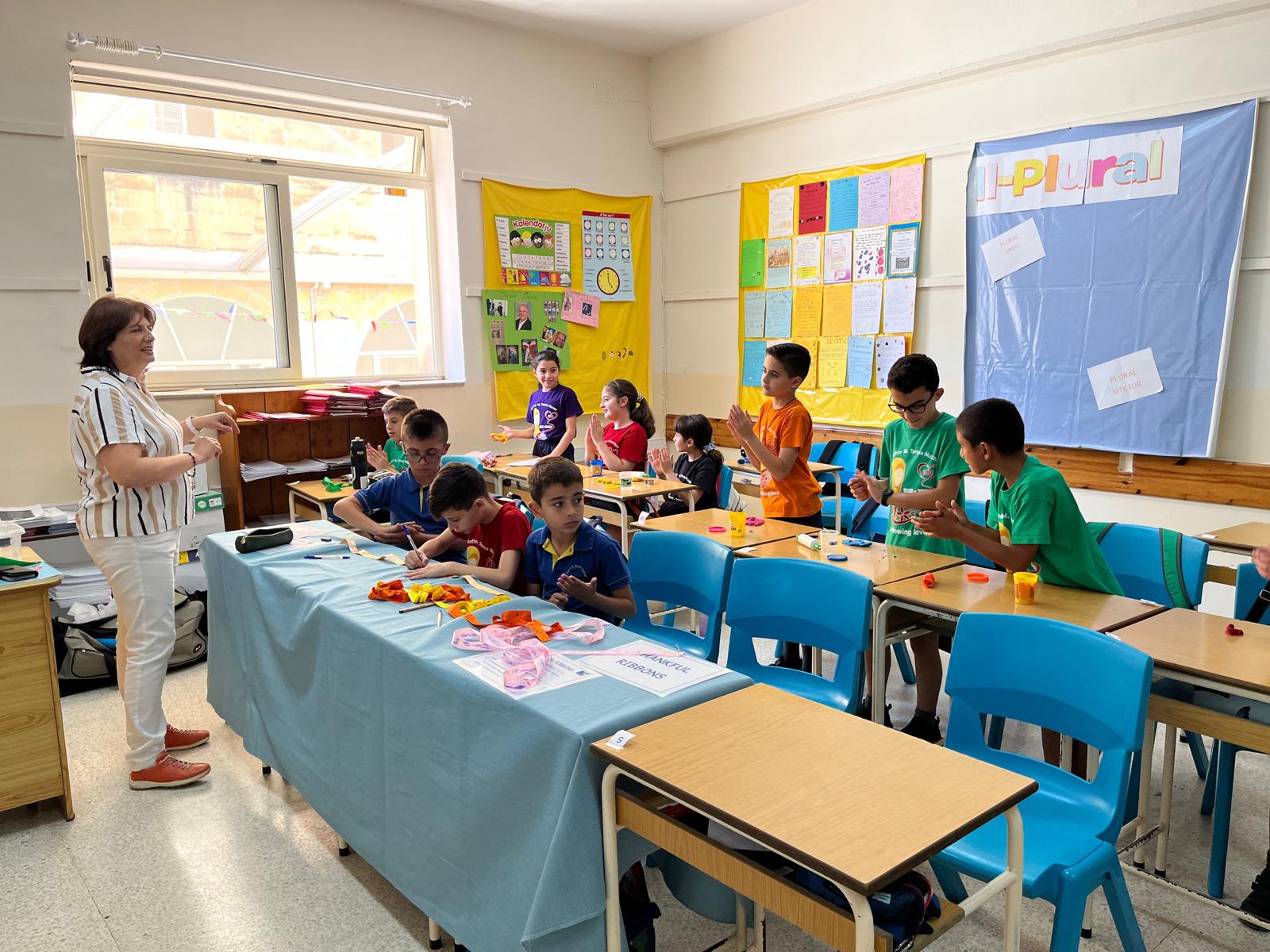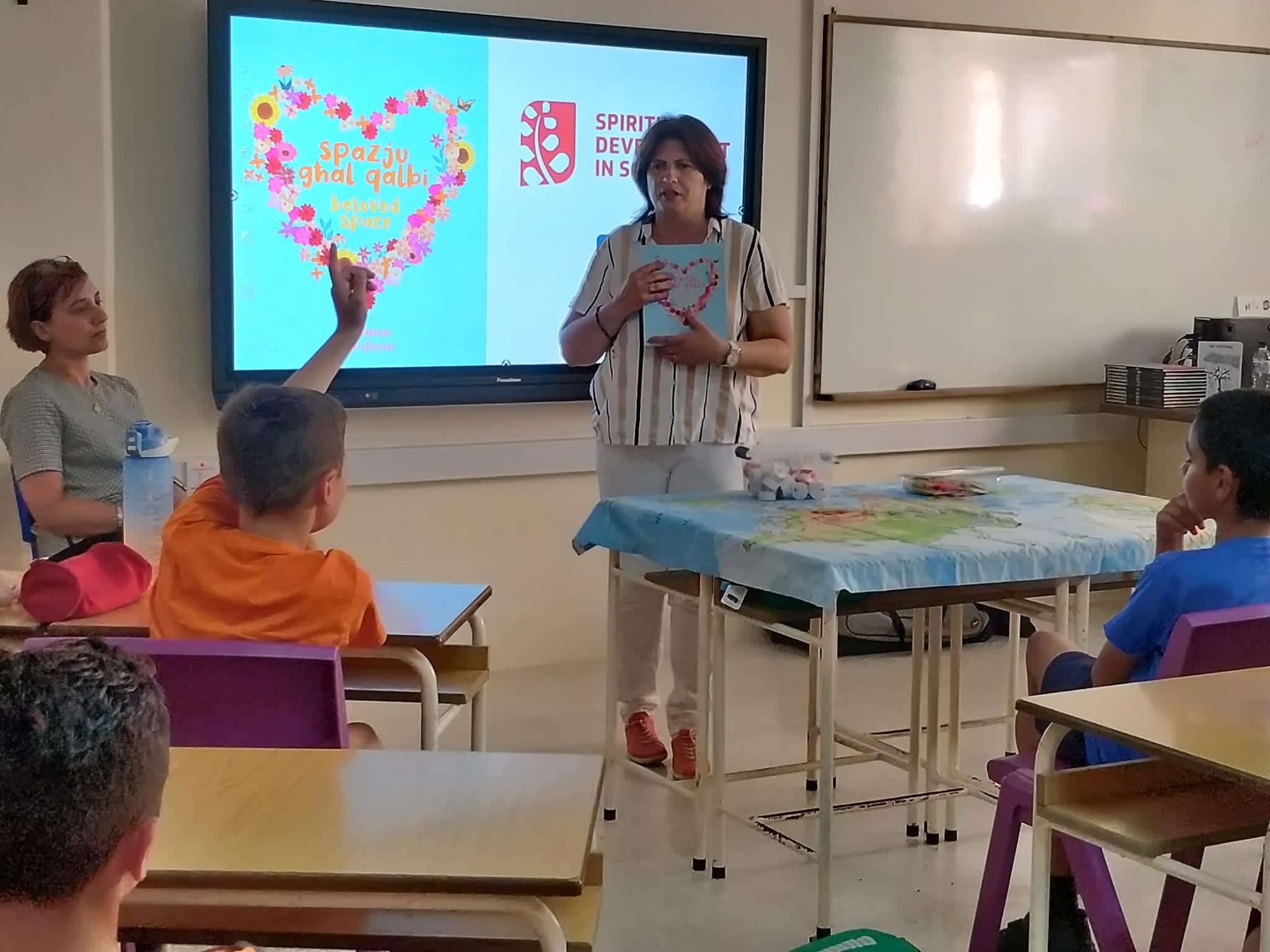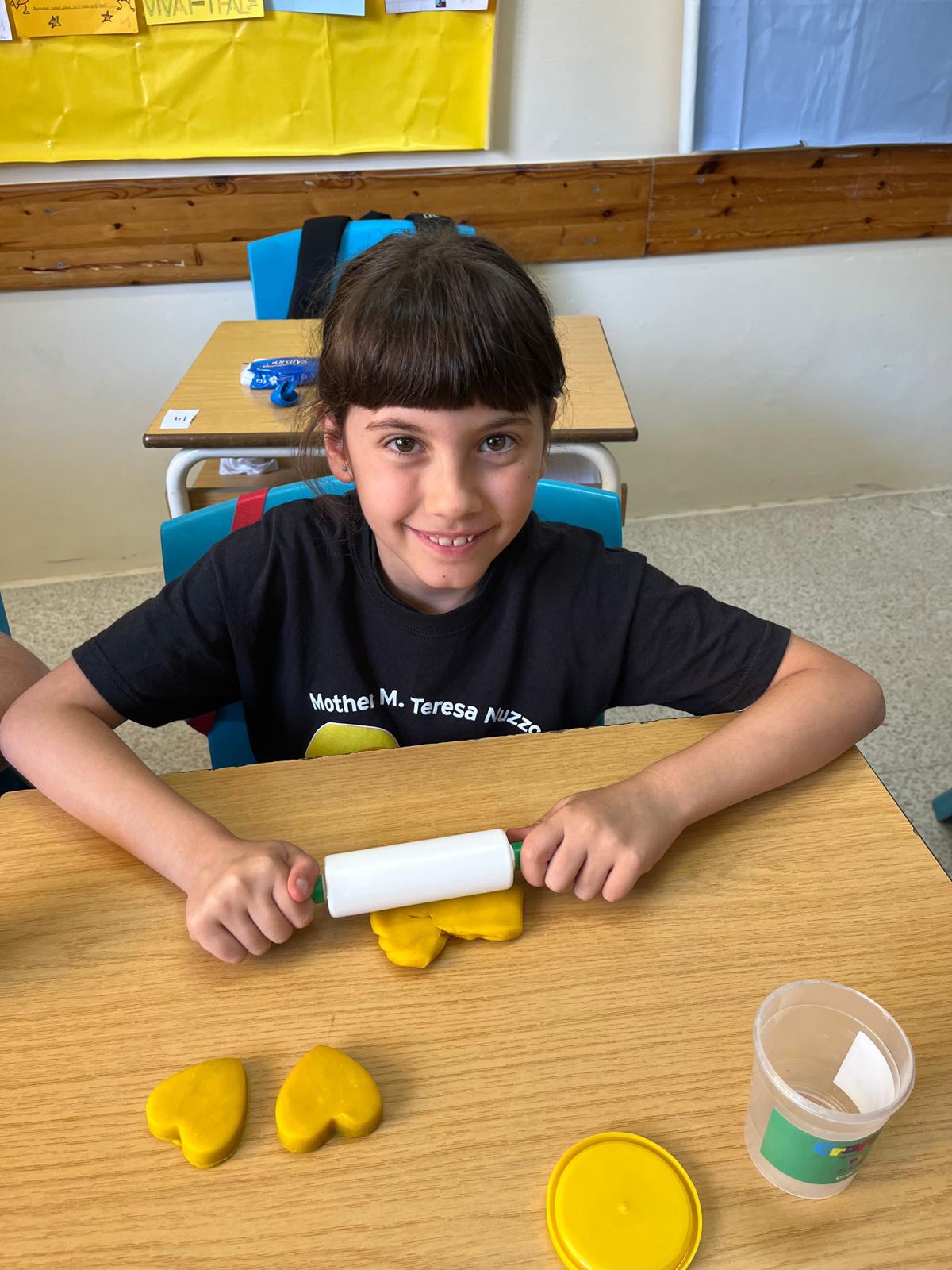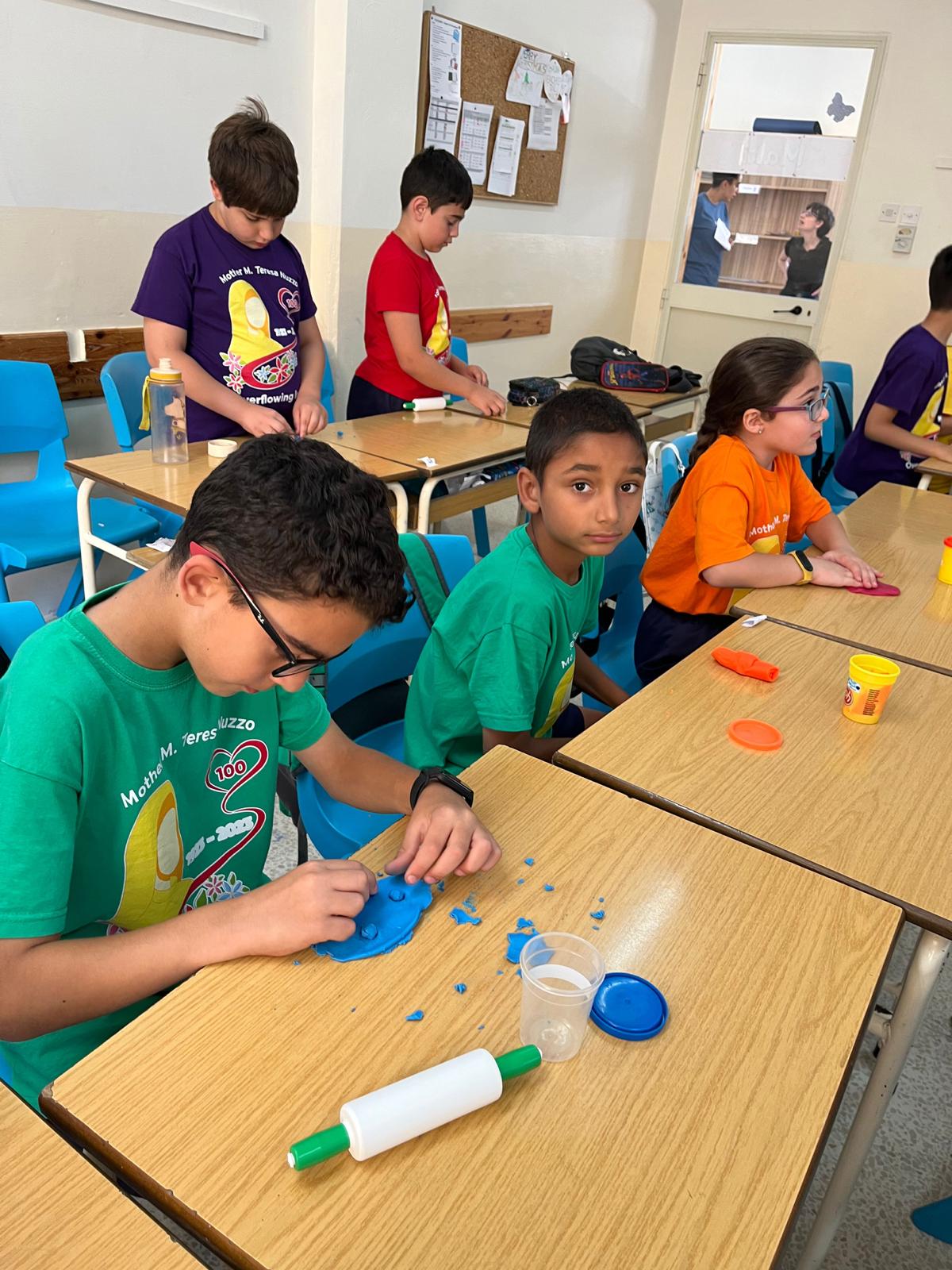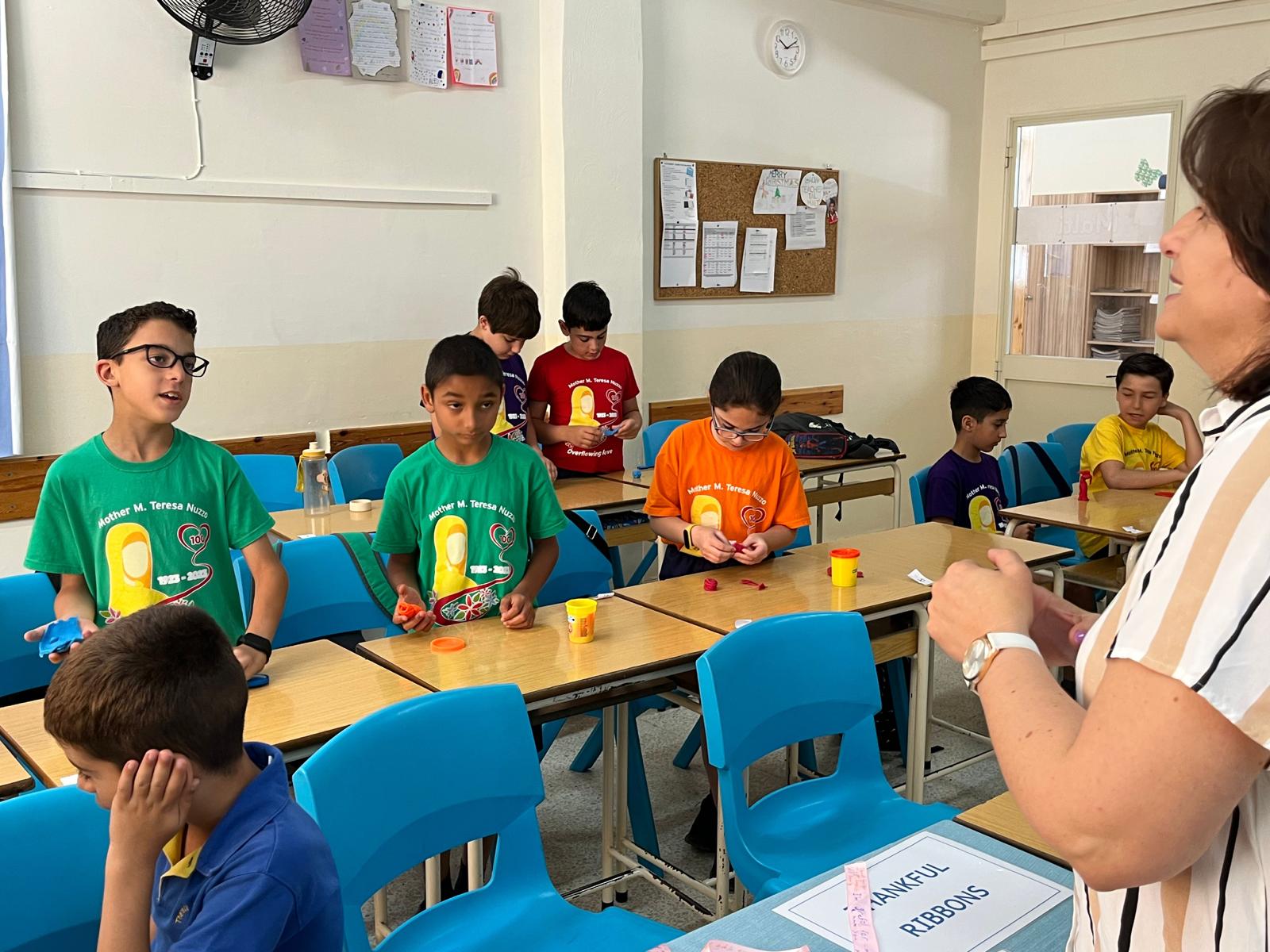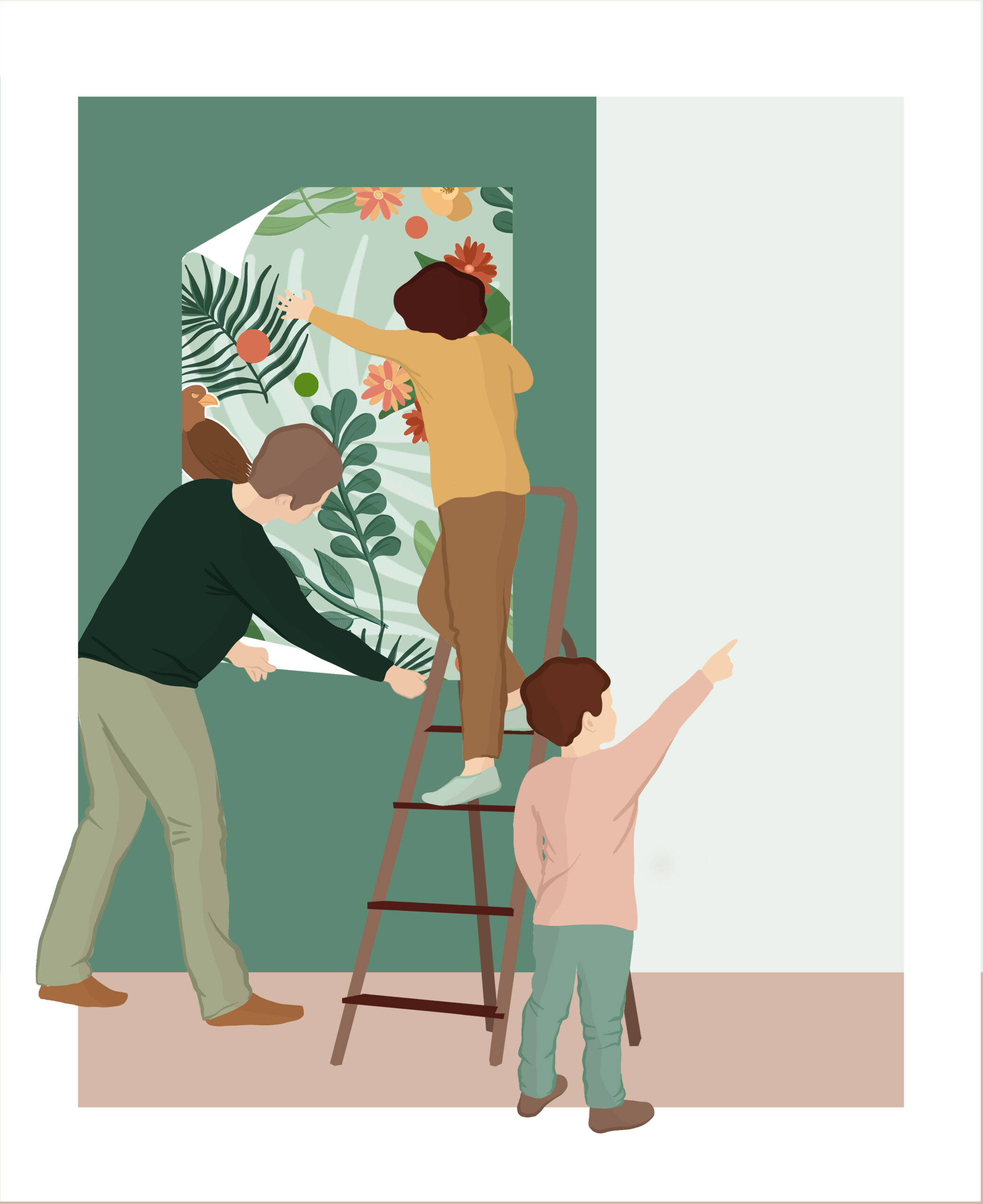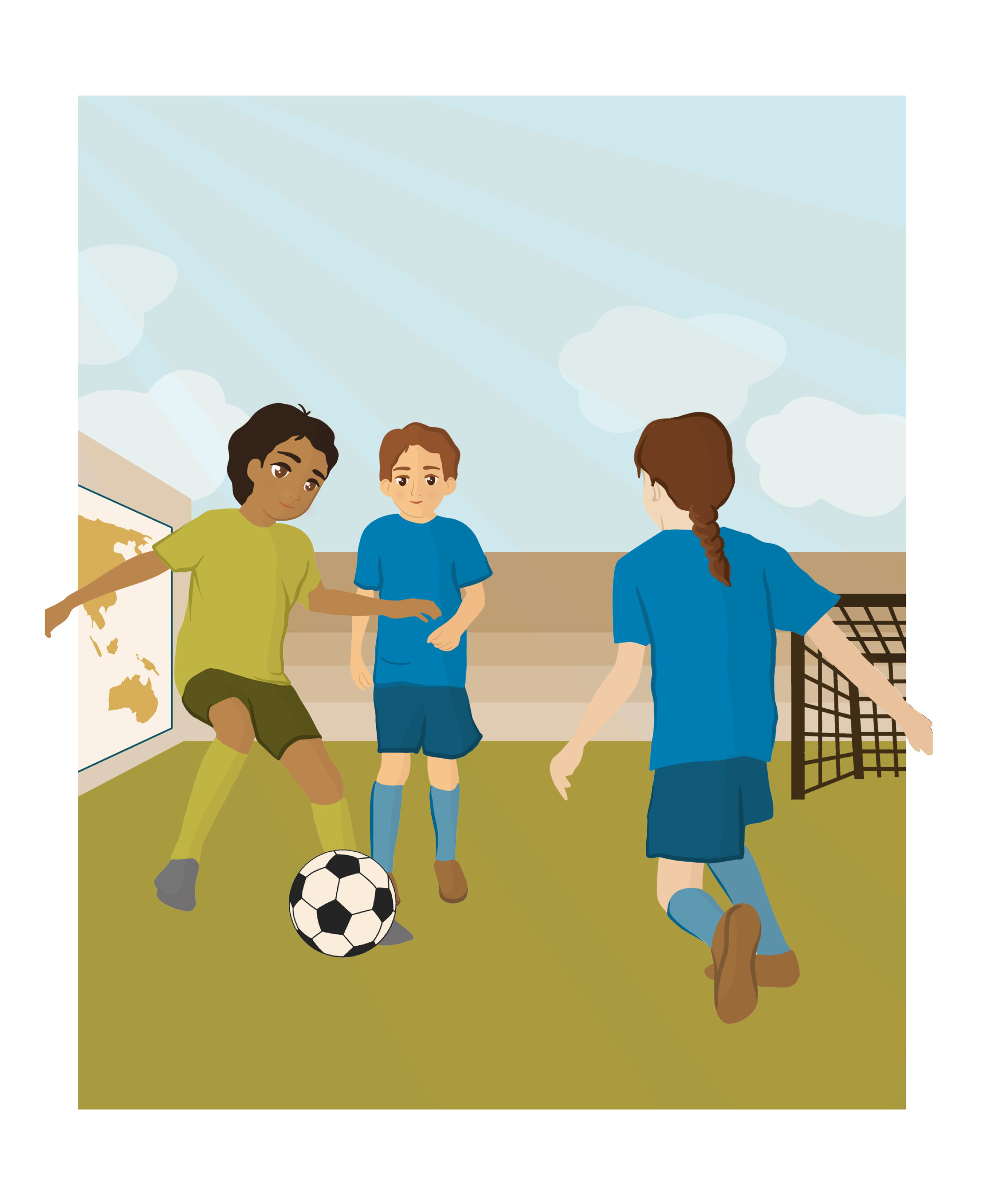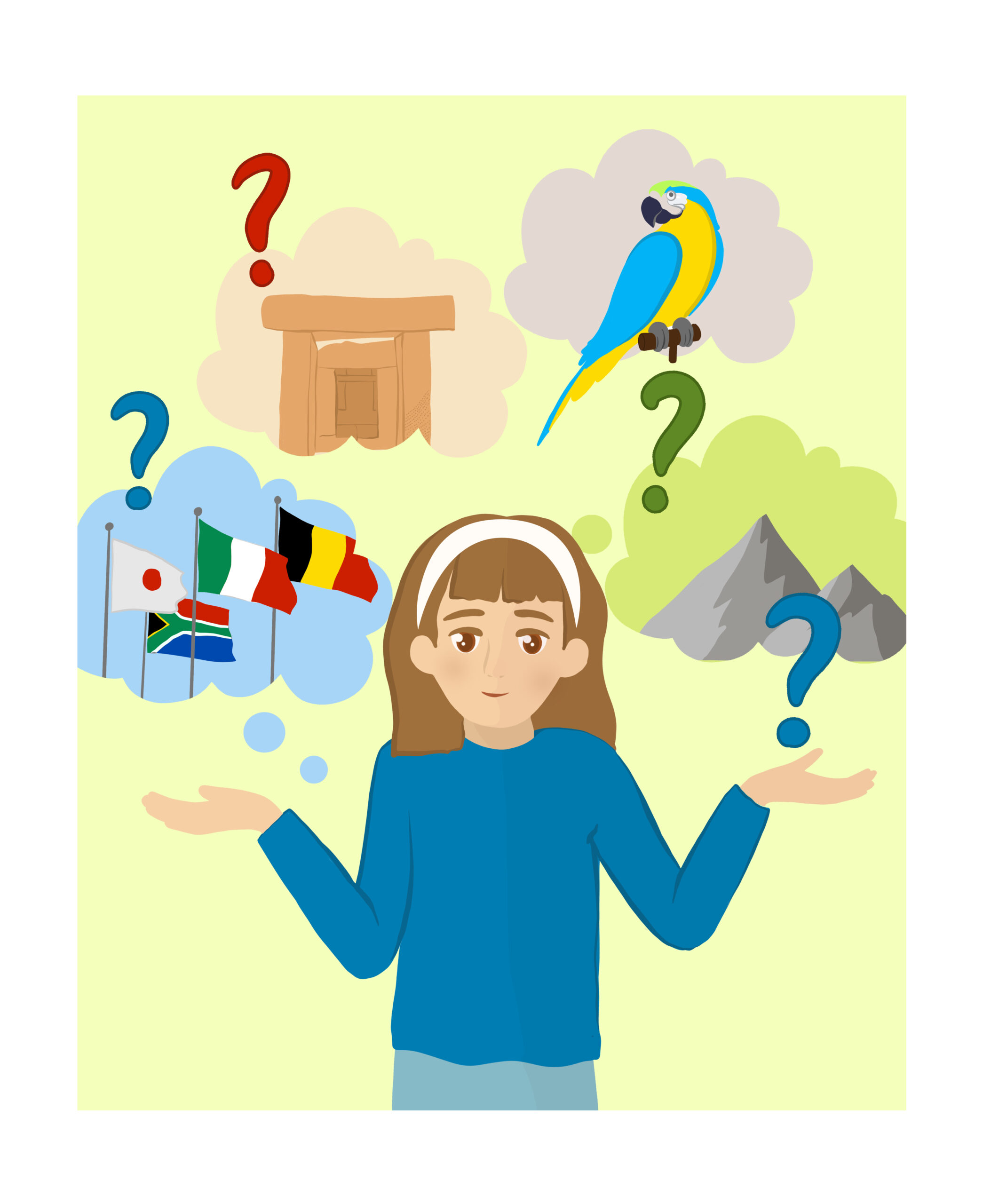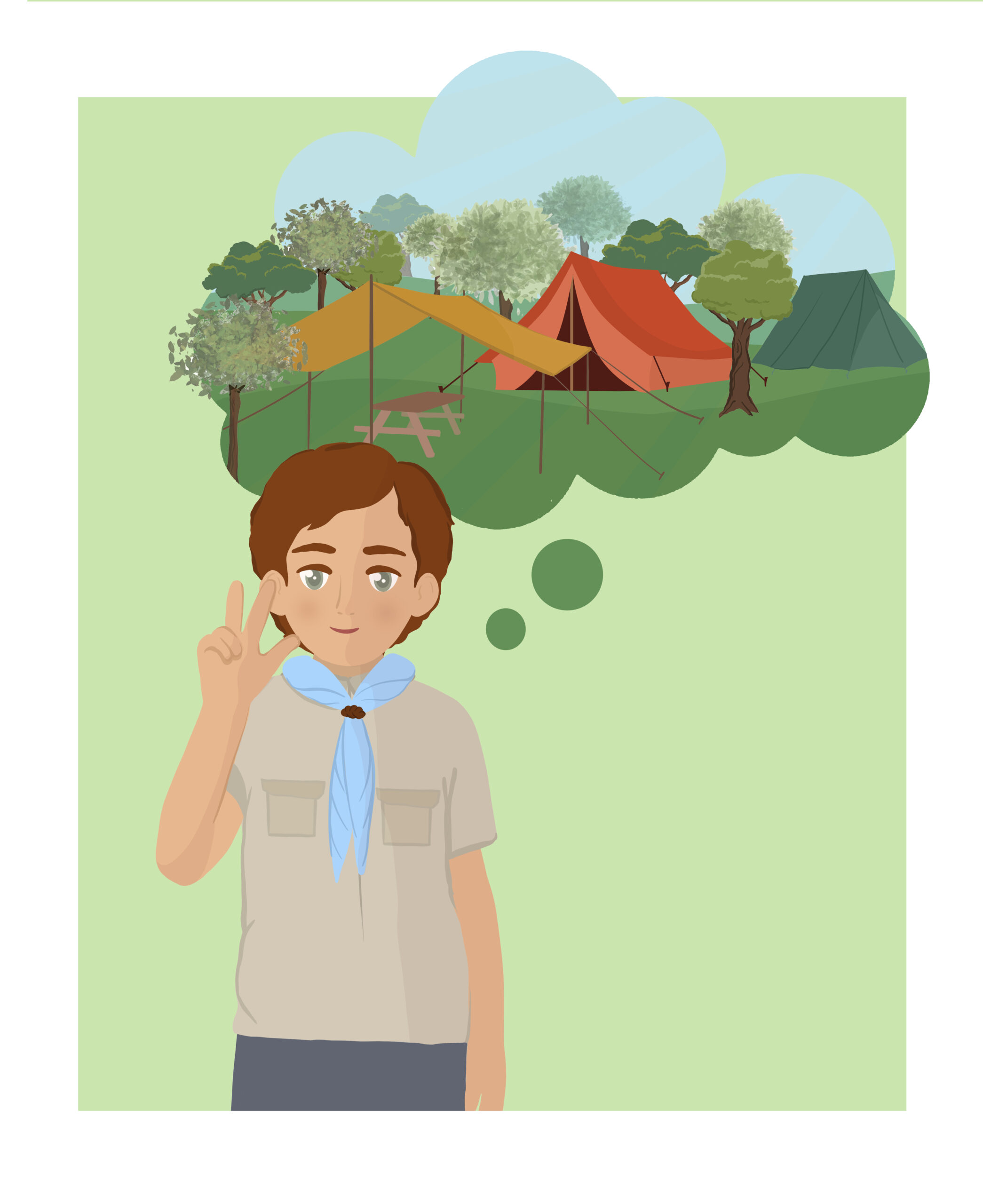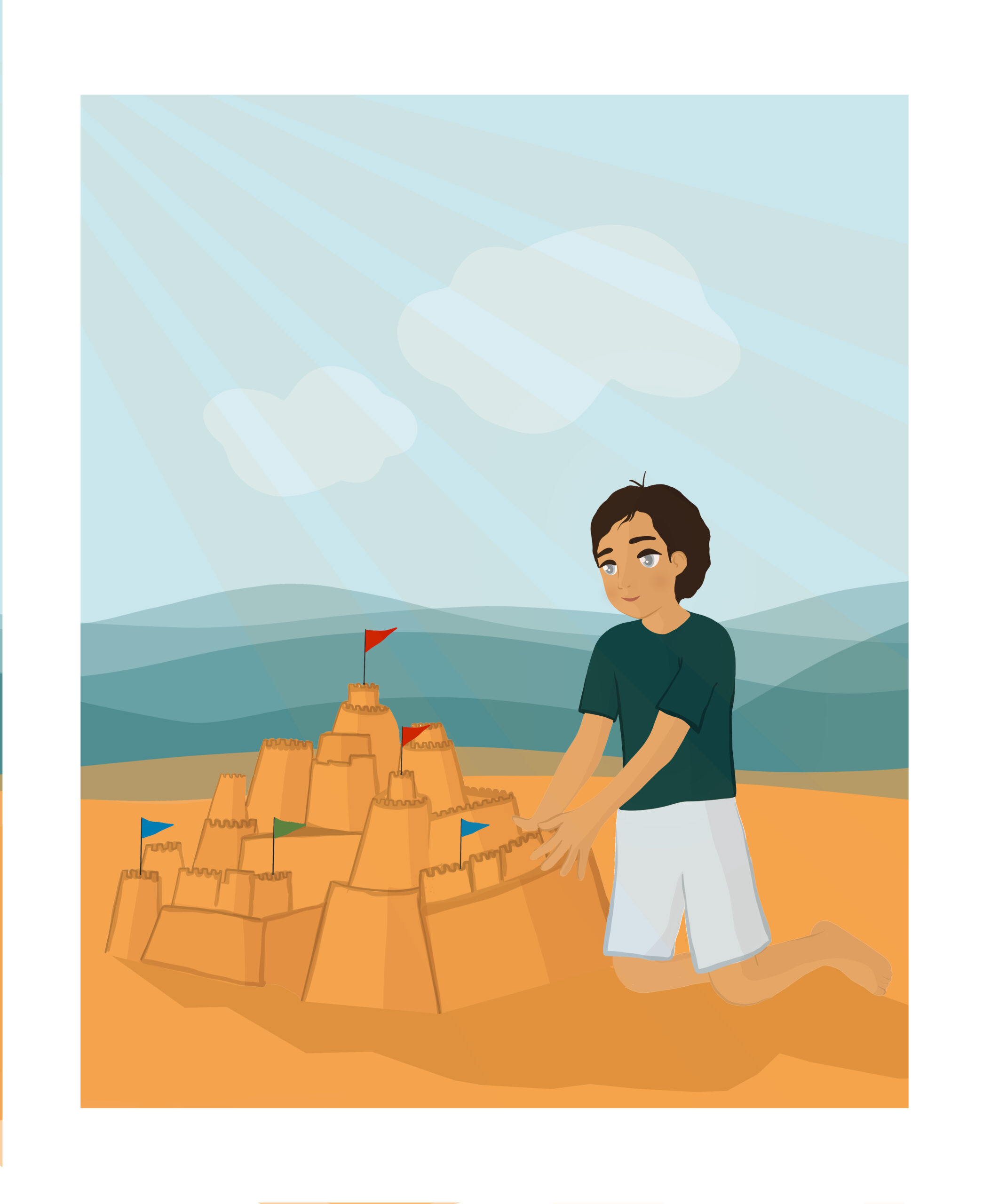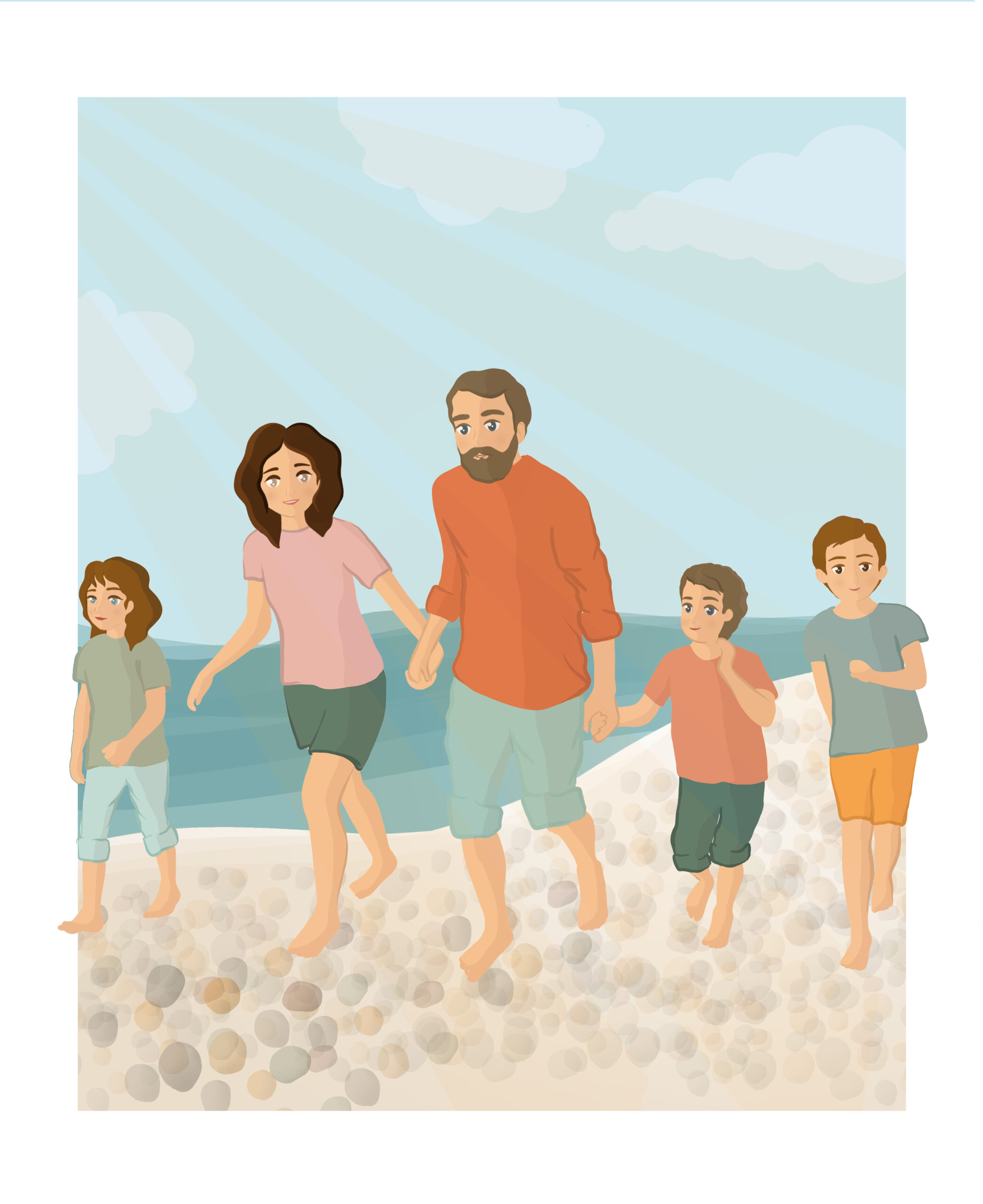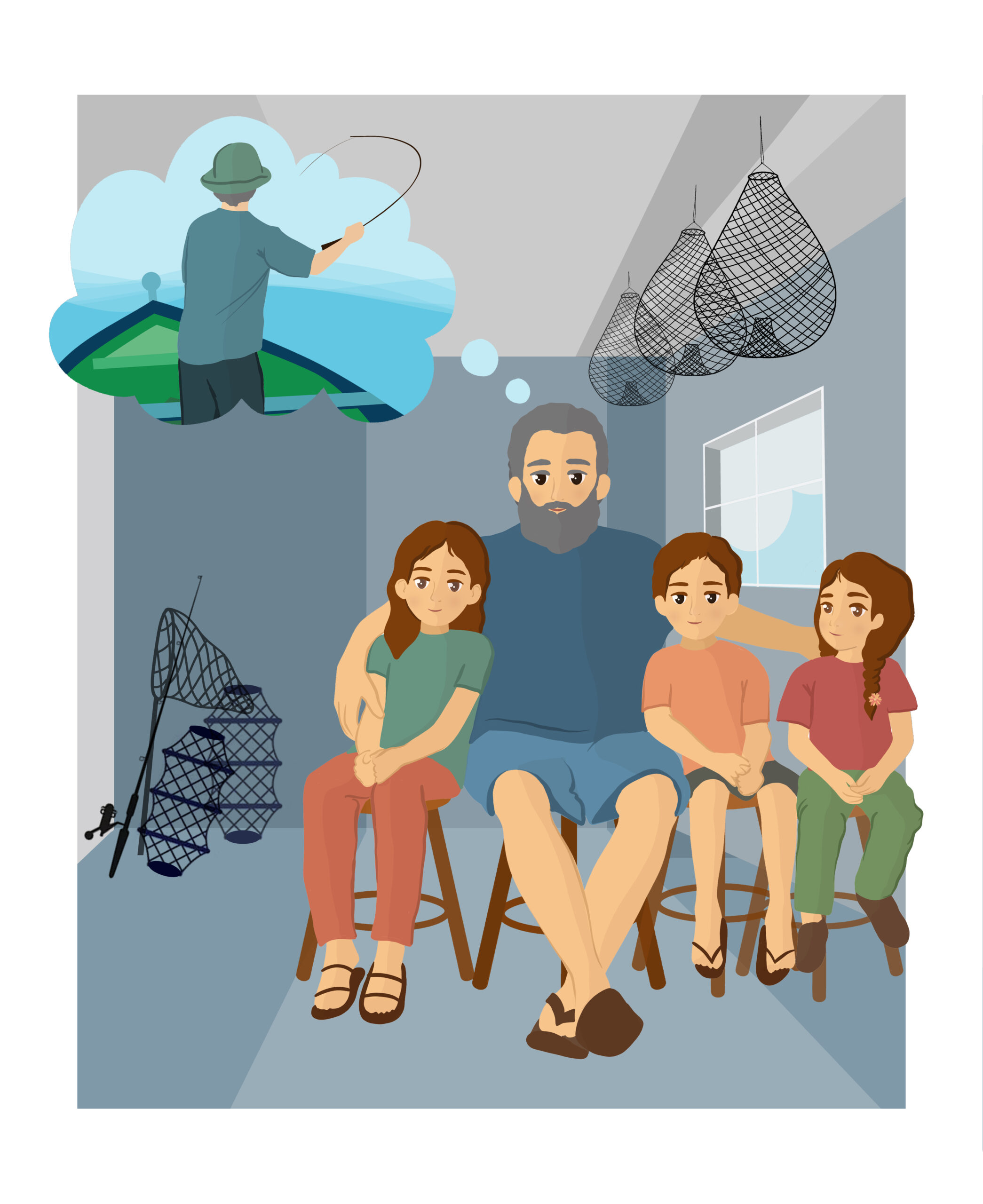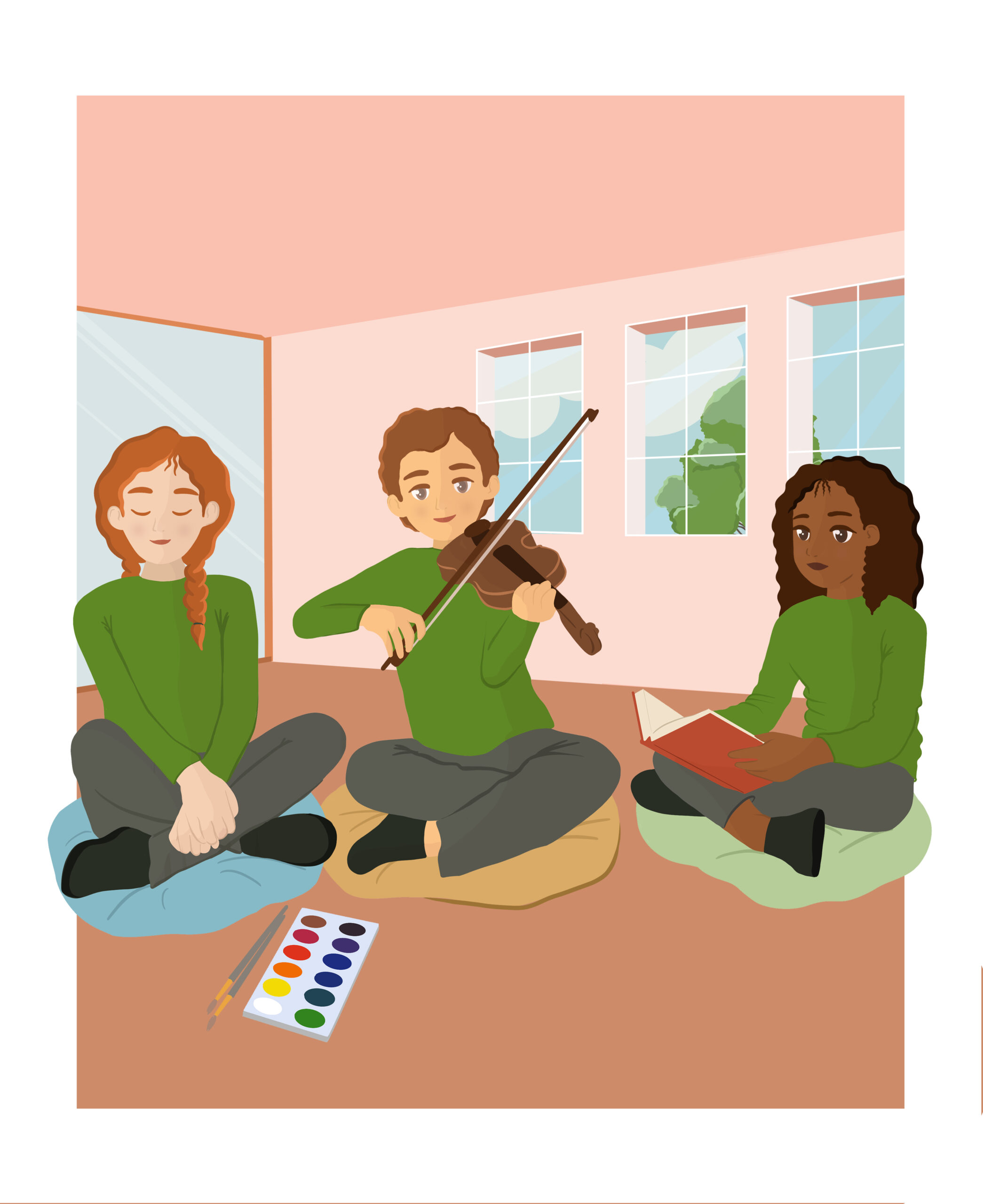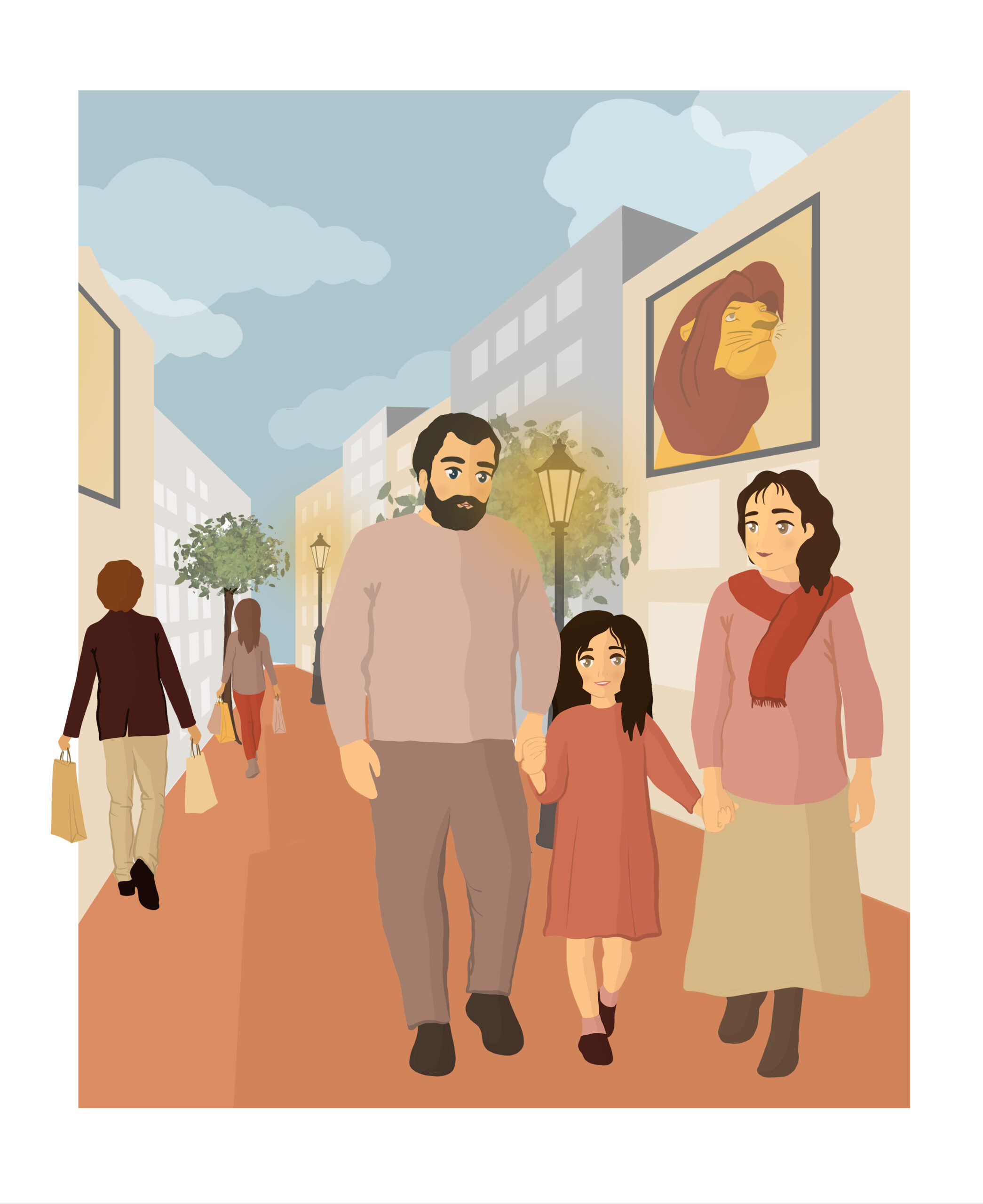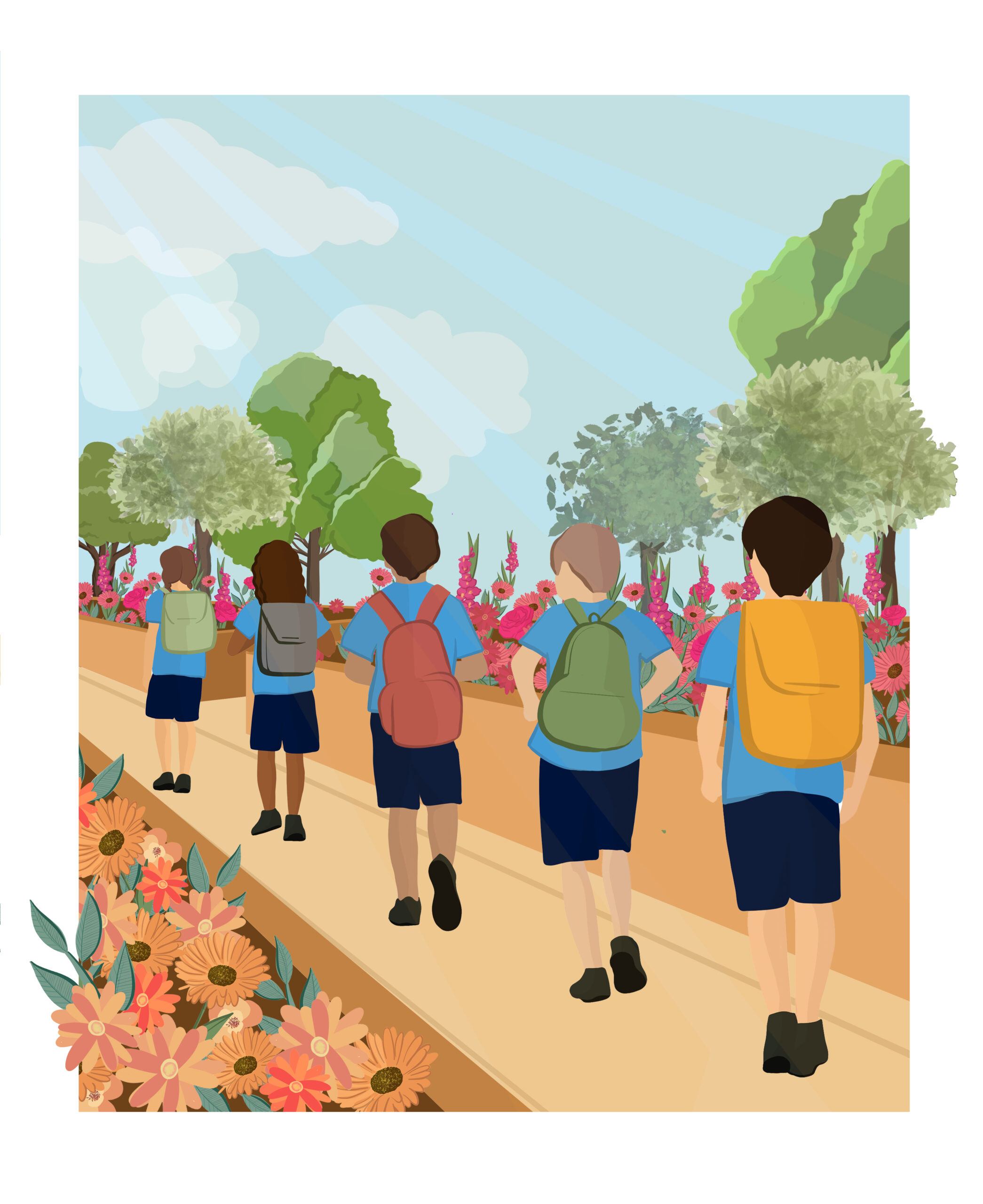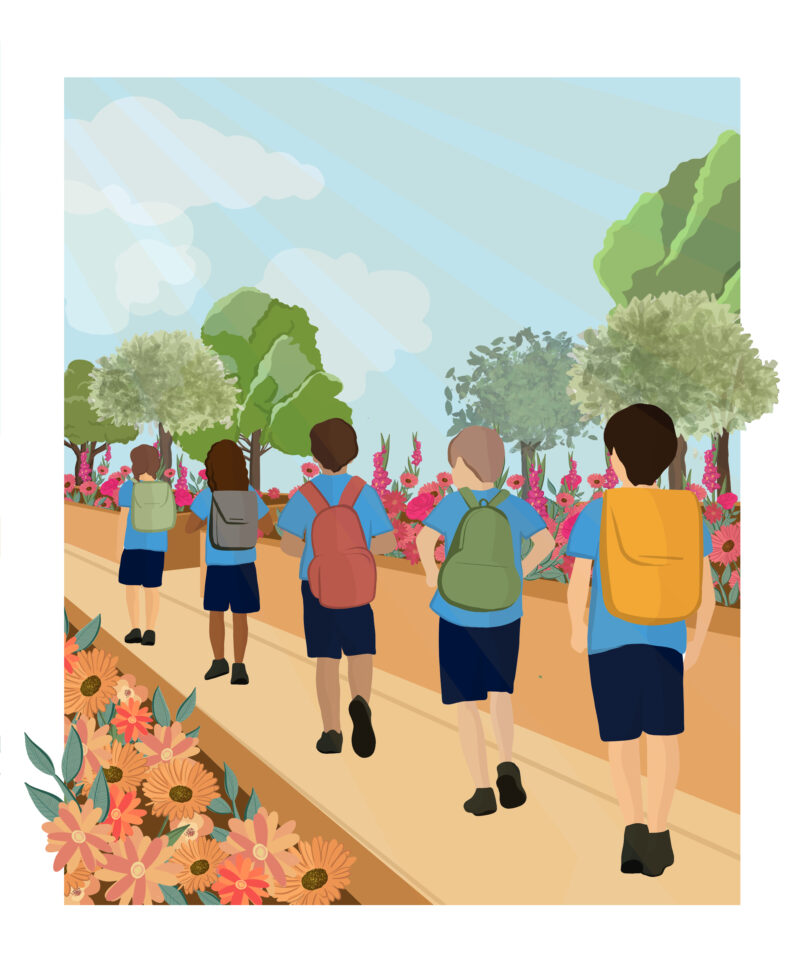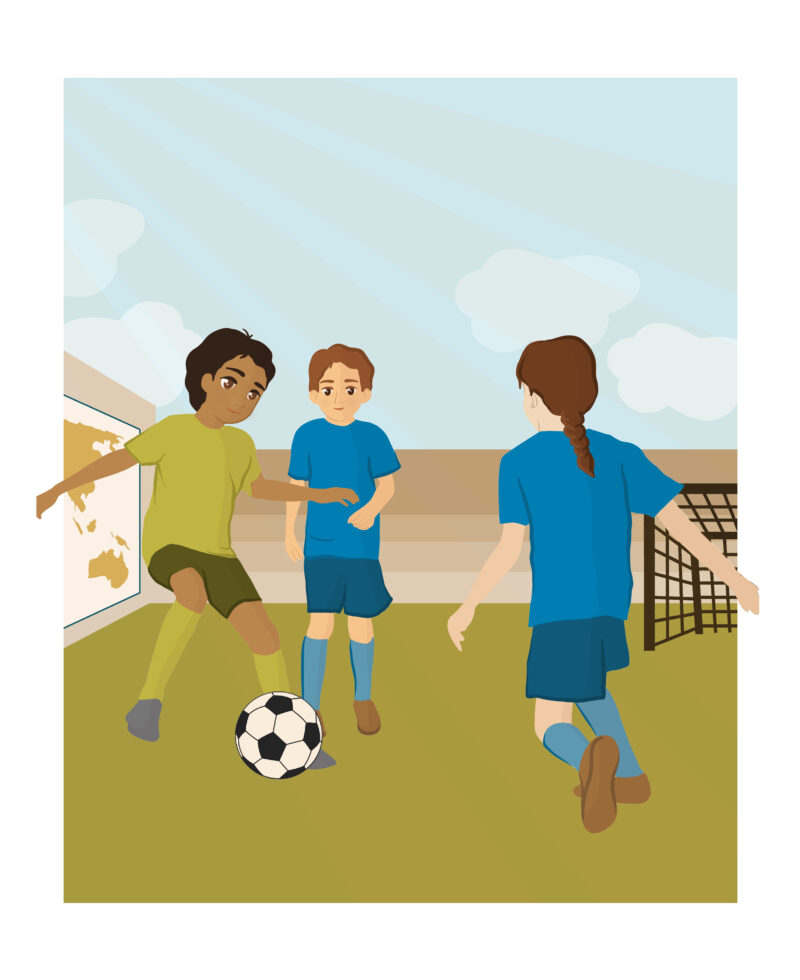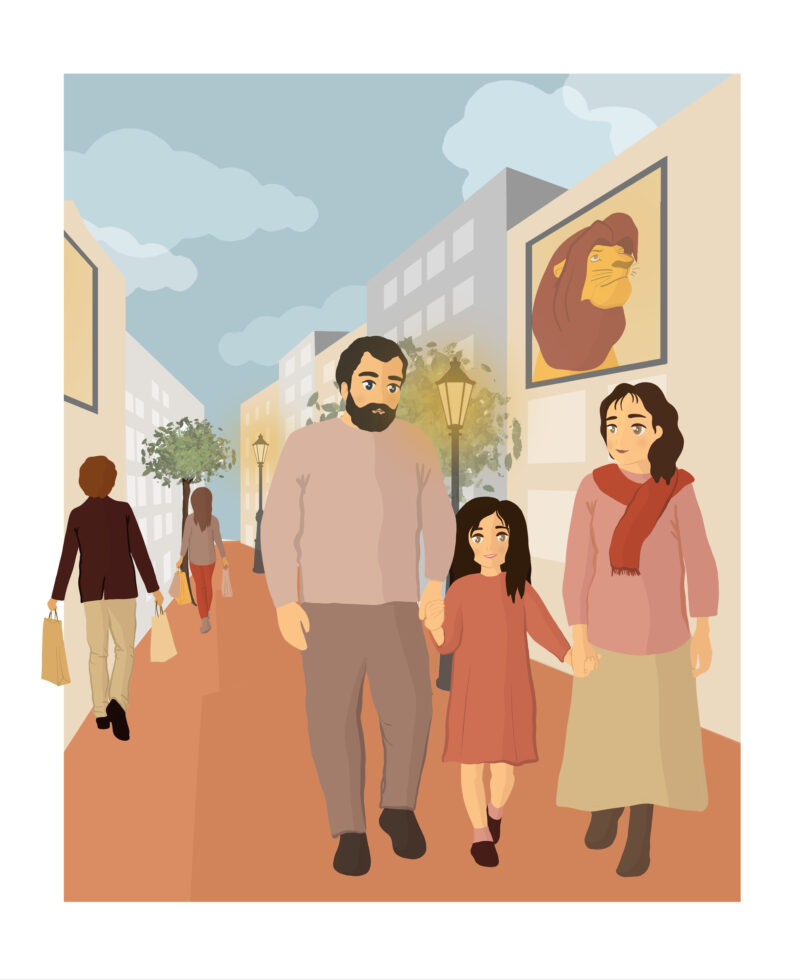The story is about a group of friends who accepted an invitation to participate in a celebration that would take place on World Gratitude Day. Through dance and art, the children expressed their gratitude towards their family, friends, pets, artistic talents, and life.
Ages
- Primary Years
- Middle Years
Topics
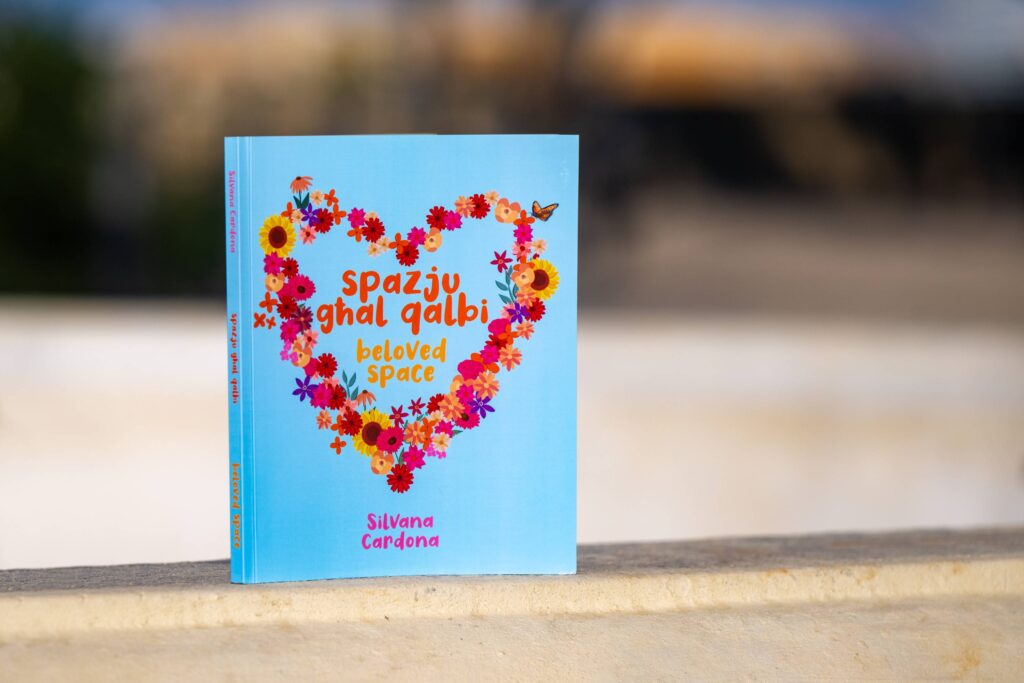
Ngħidu Grazzi
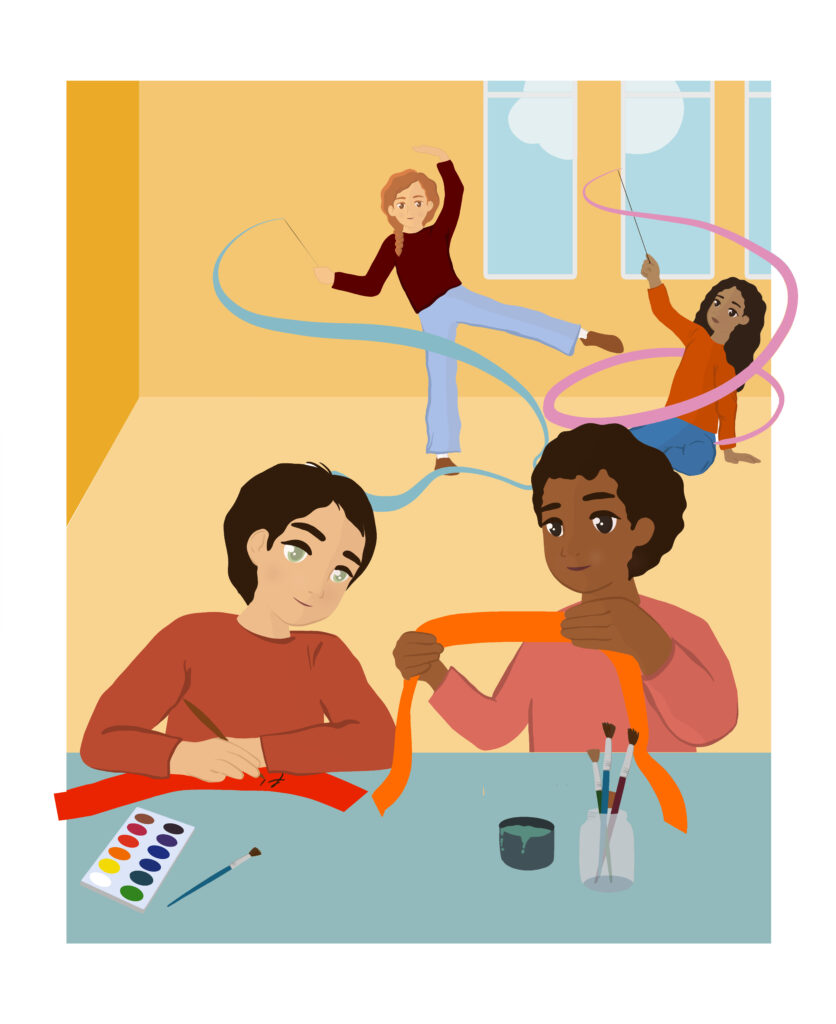
Grupp ta’ ħbieb li jħobbu l-arti u ż-żfin jiltaqgħu flimkien kull nhar ta’ Sibt waranofsinhar biex jitħarrġu f’dawn iż-żewġ passatempi tagħhom. Sibt minnhom it-tfal irċivew invit mingħand l-edukatur tagħhom biex jipparteċipaw f’ċelebrazzjoni li kienet ser tittella’ għall-Jum Dinji tal-Gratitudni, li jaħbat nhar il-21 ta’ Settembru.
Fuq l-invit kien hemm miktub li kien hemm bżonn il-parteċipazzjoni ta’ żewġ gruppi. Grupp li kellu jagħti wirja b’żifna u grupp li jarma wirja b’mudelli kreattivi. It-tema li dwarha kellhom jiżfnu u joħolqu l-mudelli kien jisimha ‘Gratitudni’.
It-tfal laqgħuh b’ħeġġa dan l-invit u immedjatament ħarġu b’ideat sbieħ ta’ x’setgħu jagħmlu. Qabblu bejniethom li ħamsa minnhom kellhom joħolqu żifna biż-żigarelli marbuta ma’ jdejhom.
Il-ħamsa l-oħra kellhom joħolqu mudelli bl-għaġina tal-kulur. Kemm kienu eċitati u ferħana meta l-ideat tagħhom intgħoġbu mill-edukatur tagħhom!
Matul il-ġimgħa ltaqgħu diversi sigħat online biex jippjanaw u jippreparaw x’kellhom bżonn jagħmlu u jixtru. Meta reġgħu ltaqgħu fiżikament is-Sibt ta’ wara, huma ħadu l-affarijiet li ftiehmu dwarhom f’basket. Grupp minnhom fetaħ il-basket u ħareġ biċċiet twal ta’ żigarelli kkuluriti. Il-grupp l-ieħor fetaħ kaxxa u ħareġ pakketti żgħar tal-għaġina tal-kulur.
L-edukatur kellu kurżità kbira jisma’ lit-tfal x’kellhom ippjanat li jagħmlu u wara li qalilhom prosit għall-ideat sbieħ li ħarġu bihom, staqsiehom:
“X’beħsiebkom tagħmlu biż-żigarelli u l-għaġina tal-kulur?”
Tifel minnhom beda jgħidlu x’kellhom f’moħħhom li jagħmlu u qallu, “Waqt li konna niltaqgħu online, ħsibna ħafna dwar il-kelma gratitudni.
Ħsibna dwar il-ħafna affarijiet li aħna lkoll għandna għal xiex ngħidu grazzi fil-ħajja tagħna. Pereżempju semmejna li nistgħu ngħidu grazzi għall-familji tagħna, għall-ġenituri, ħbieb, pets, passatempi, sports, talenti, strumenti mużikali, u l-lista tibqa’ sejra. Għalhekk ħsibna li ħamsa minna niktbu grazzi għal dik il-ħaġa li nixtiequ ngħidu grazzi għaliha fuq żigarella u norbtuha ma’ jdejna waqt li nxejruha mar-ritmu tal-mużika matul iż-żifna tagħna.
“Il-ħamsa l-oħra ħsibna li kull wieħed u waħda minna nagħmlu mudell ikkulurit bl-għaġina tal-kulur għal dak l-oġġett jew persuna li nixtiequ ngħidu grazzi għalih jew għaliha.”
“Isa ħej, kemm intom kreattivi!” qalilhom l-edukatur taż-żfin. “Mela tridux tibdew tippreparaw iż-żigarelli u l-mudelli bl-għaġina tal-kulur biex imbagħad nagħmlu l-provi tagħhom?” kompla jistaqsihom.
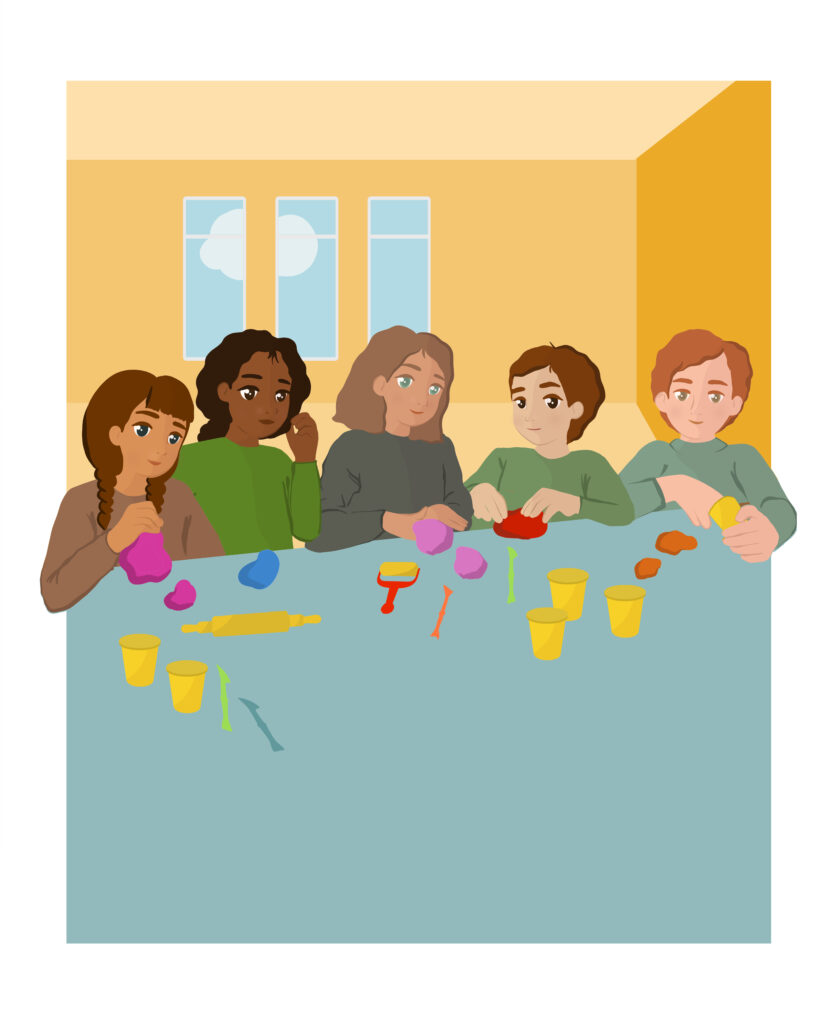
It-tfal b’entużjazmu fuqhom resqu jieħdu ż-żigarelli jew l-għaġina tal-kulur skont kif kienu ftiehmu, daru mal-mejda kbira u bdew jiktbu grazzi fuq iż-żigarelli u jagħmlu l-mudelli.
Kif lestew, b’eċitament kbir fuqhom bdew il-provi tagħhom. Il-grupp taż-żfin beda jitgħallem il-passi taż-żifna waqt li jisma’ l-mużika ritmika. Il-grupp l-ieħor ra kif se jarma l-mudelli li ħolqu fuq mejda apposta. Waqt li ħallew il-mużika baxxa, xtaqu jaqsmu flimkien dak li kienu għamlu.
L-ewwel beda l-grupp li għamel il-forom bl-għaġina tal-kulur u beda Paul. “Araw, jien għamilt forma ta’ widna biex permezz tagħha ngħid grazzi lill-ħbieb tiegħi li jisimgħuni b’attenzjoni meta jkolli bżonn niftaħ qalbi u nitkellem ma’ xi ħadd.”
Kathleen għamlet forma ta’ kitarra kannella u qalet grazzi lil Alla għat-talent li għandha tal-mużika u l-kant.
Peress li jħobb ipitter, Fabio għamel forma ta’ palette u pinzell. Qal grazzi lil Alla ta’ dan it-talent għax bit-tpinġija tiegħu, iferraħ tfal morda l-isptar.
Christine għamlet forma ta’ qasrija b’għaġina griża. Qalet grazzi lil Alla talli hi kapaċi tifforma qsari, vażuni, u fjuri bit-tafal. Meta tbigħhom, bil-flus tagħhom tixtri ikel lill-familji fil-bżonn.
Bl-għaġina tal-kulur, Silvana għażlet iċ-ċelesti, u għamlet forma ta’ ktieb għax tħobb tikteb l-istejjer u toqgħod taqrahom lil ħuha ż-żgħir qabel jorqod. Qalet grazzi lil Alla għal dan it-talent.
Issa kien imiss il-grupp l-ieħor jaqsam x’għamel u x’kiteb fuq iż-żigarelli.
Fuq żigarelli sofor, Annabelle kitbet għalliema, u rringrazzjat lil Alla għall-għalliema kollha li jgħallmuha. Talbitu jgħinha tistudja biex la tikber issir għalliema hi wkoll.
Bernardette kellha tliet żigarelli bojod u fuqhom kitbet ommi, missieri u ħuti. Qalet grazzi tal-imħabba li juruha, tal-paċenzja u s-sagrifiċċji li jagħmlu speċjalment nhar ta’ Sibt biex iwassluha ż-żfin.
Charlotte kitbet komunikazzjoni fuq żigarella roża u qalet grazzi talli tikkomunika tajjeb ma’ tfal daqsha li għandhom bżonnijiet speċjali. Irringrazzjat lil Alla talli huma jħobbuha ħafna wkoll.
Joseph ħa ftit żigarelli turquoise u għamel kullana mmaljata. Huwa kiteb il-kelma ‘ħjata’ u qal grazzi lil Alla tat-talent li jaf iħit.
Nancy għażlet kuluri differenti ta’ żigarelli. Bihom għamlet ħafna fjuri biex jilbsuhom sħabha waqt iż-żifna. Qalet grazzi lil Alla talli taf tagħmel ħafna krafts u tferraħ lit-tfal bihom.
Kemm ħadu gost jisimgħu lil xulxin dawn l-għaxart itfal! Imbagħad Reuben, l-edukatur tagħhom, qalilhom, “Agħtuni ż-żigarelli u l-għaġina tal-kulur li fadlilkom ħalli jien ukoll noħloq xi ħaġa u ningħaqad magħkom biex ngħid grazzi.”
Malajr malajr, għamel siġra ħadra bl-għaġina tal-kulur u għamel forma ta’ farfett biż-żigarella. “Jien irrid ngħid grazzi tan-natura sabiħa u tal-mixjiet li nagħmel mal-ħbieb fil-kampanja.”
Issa, Reuben u t-tfal kollha kellhom seba’ mitt sena biex tasal il-ġurnata taċ-ċelebrazzjoni biex jiżfnu u juru l-mudelli tagħhom dakinhar tal-Jum Dinji tal-Gratitudni.
Resources related to this story
We want to get to know you. To be able to bookmark your favourite content, please log in or sign up below.
User Sign Up
Discover more resources



